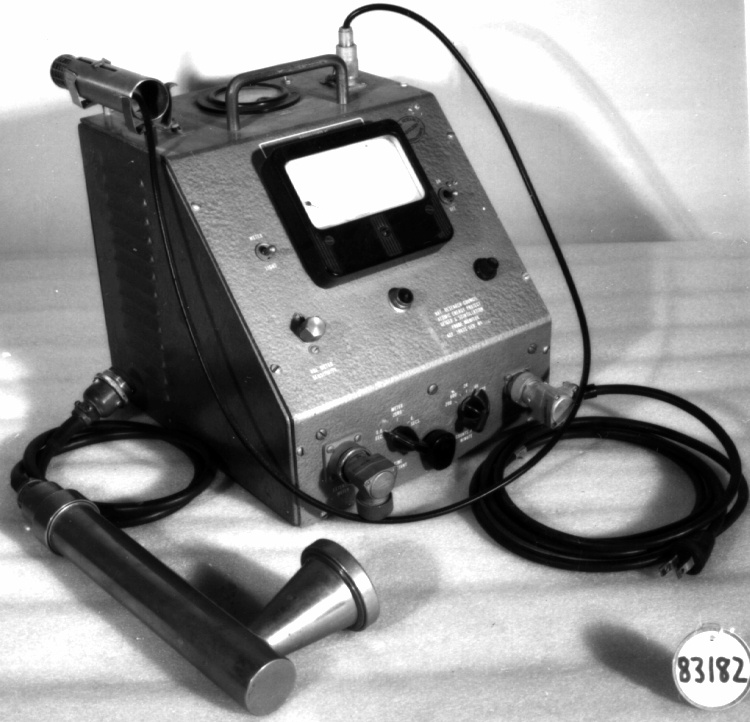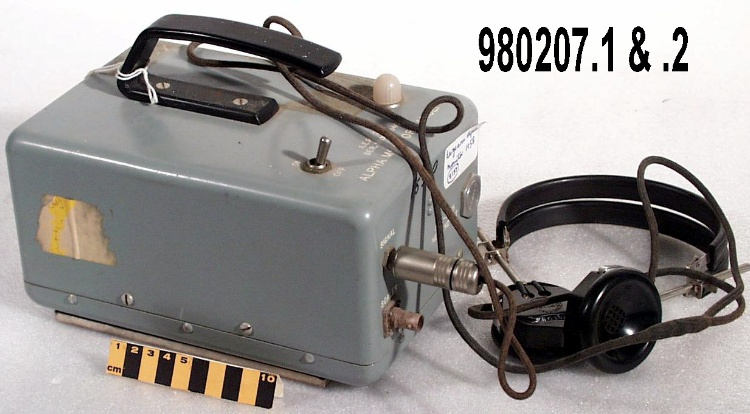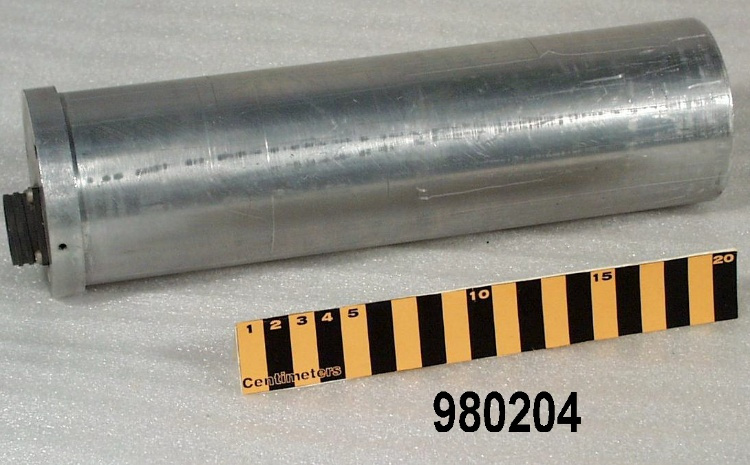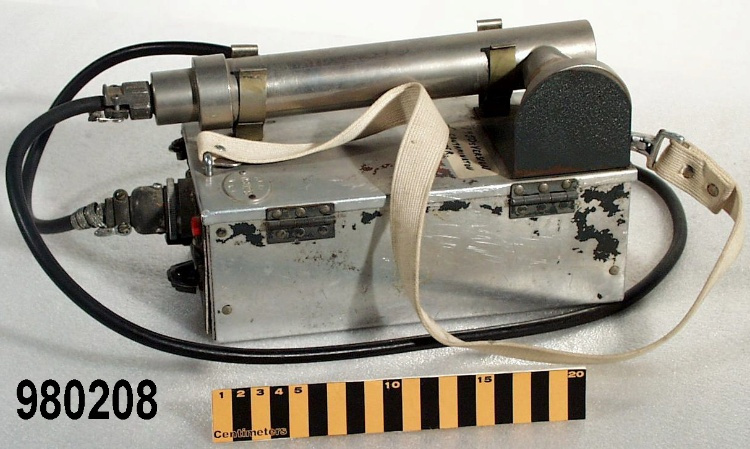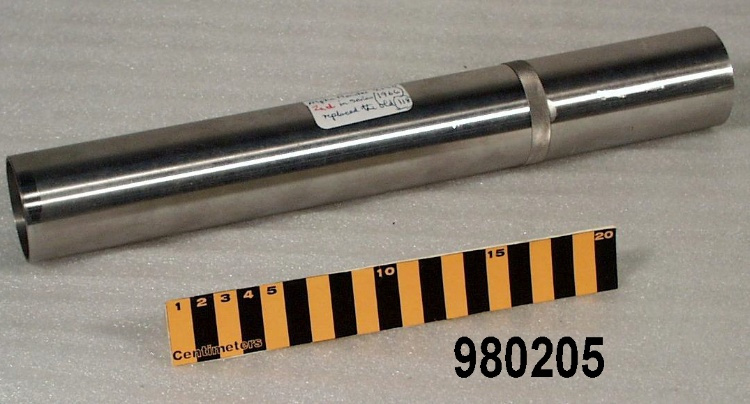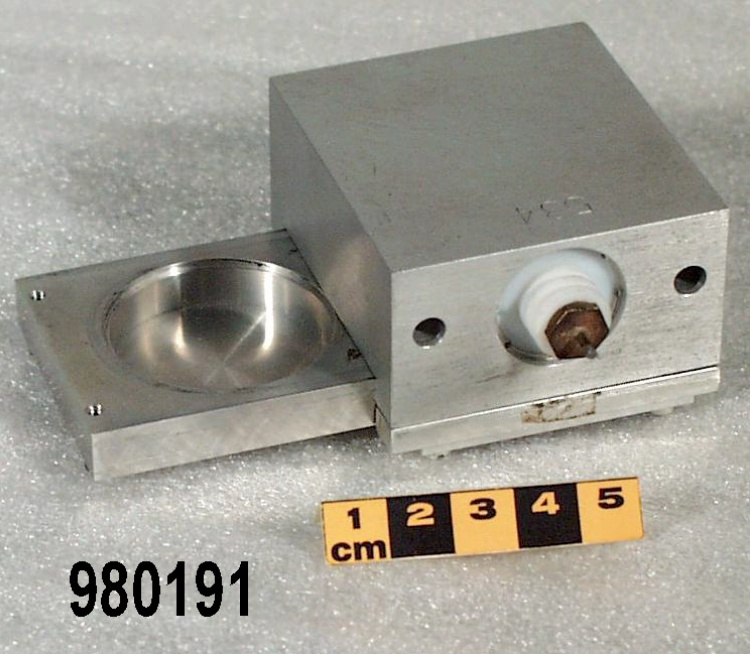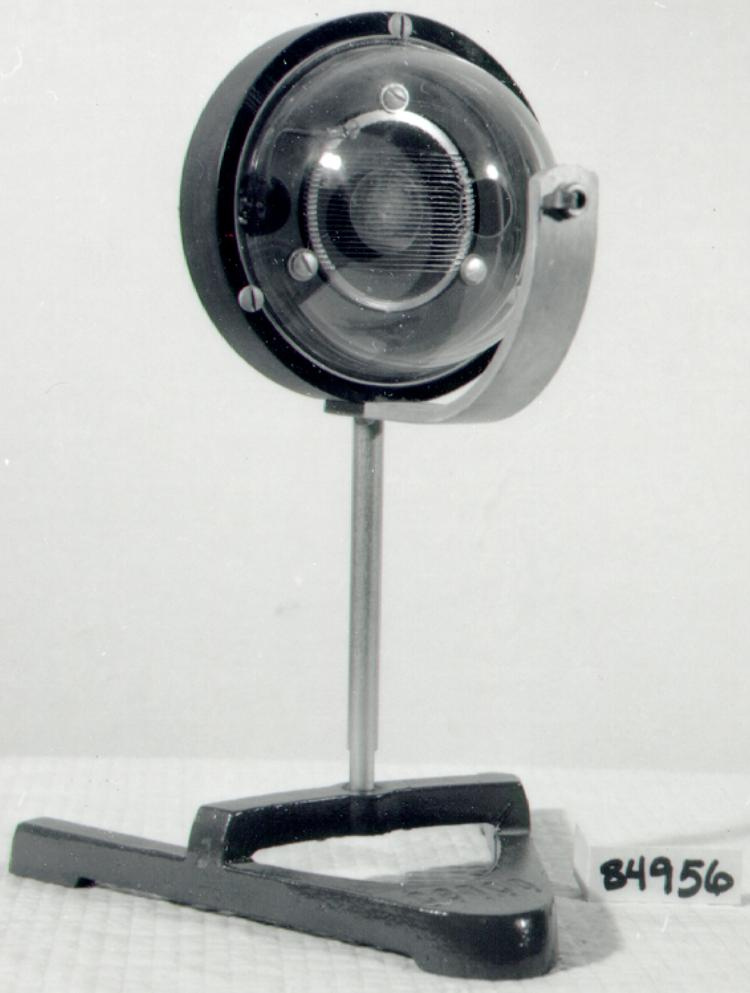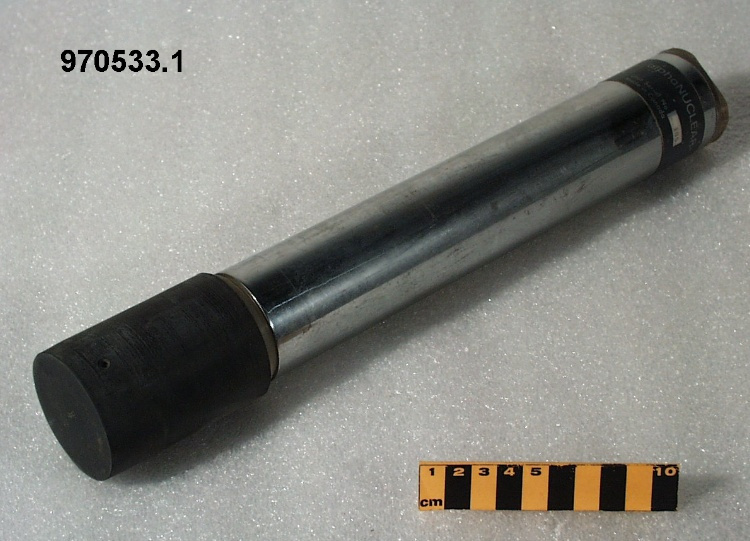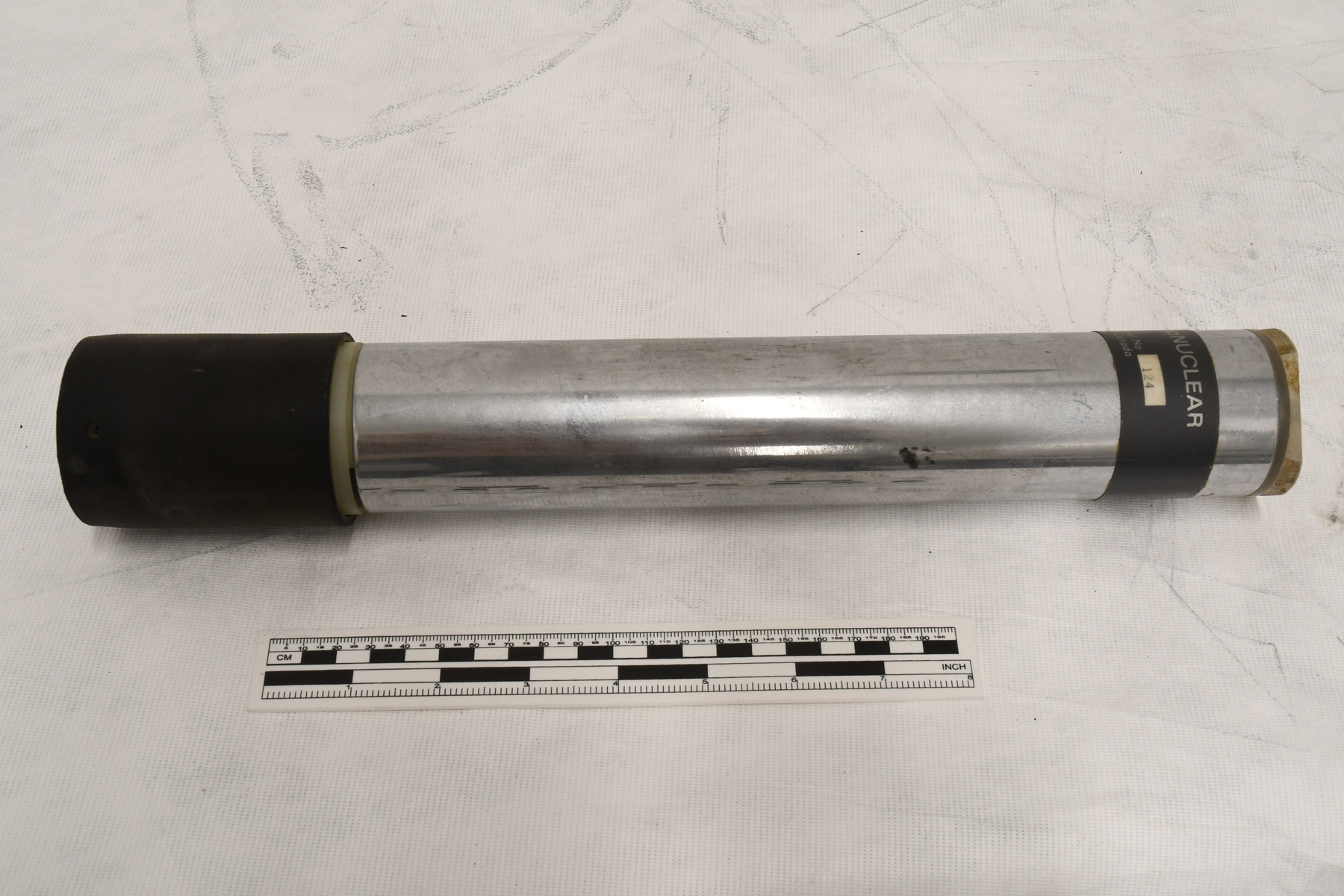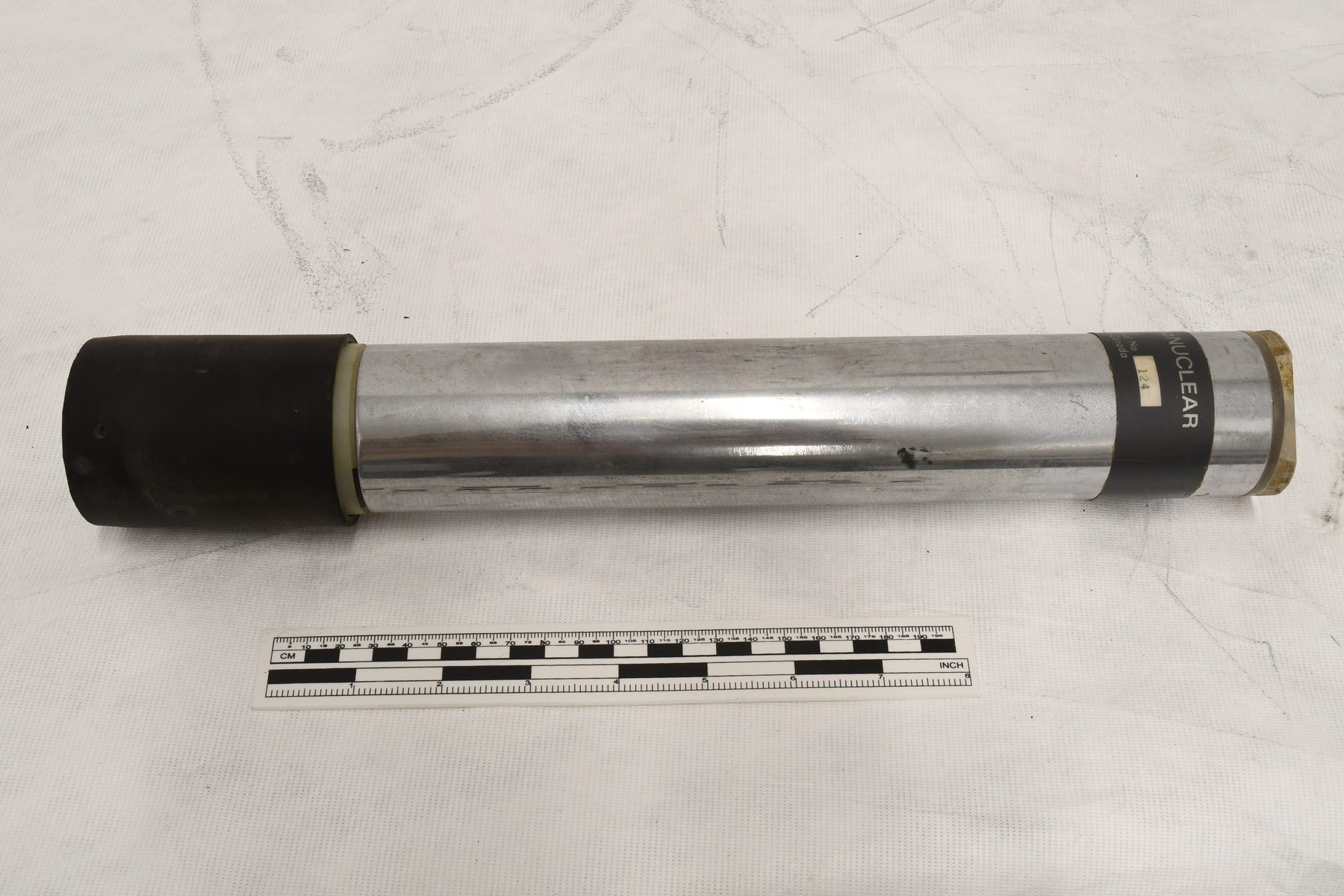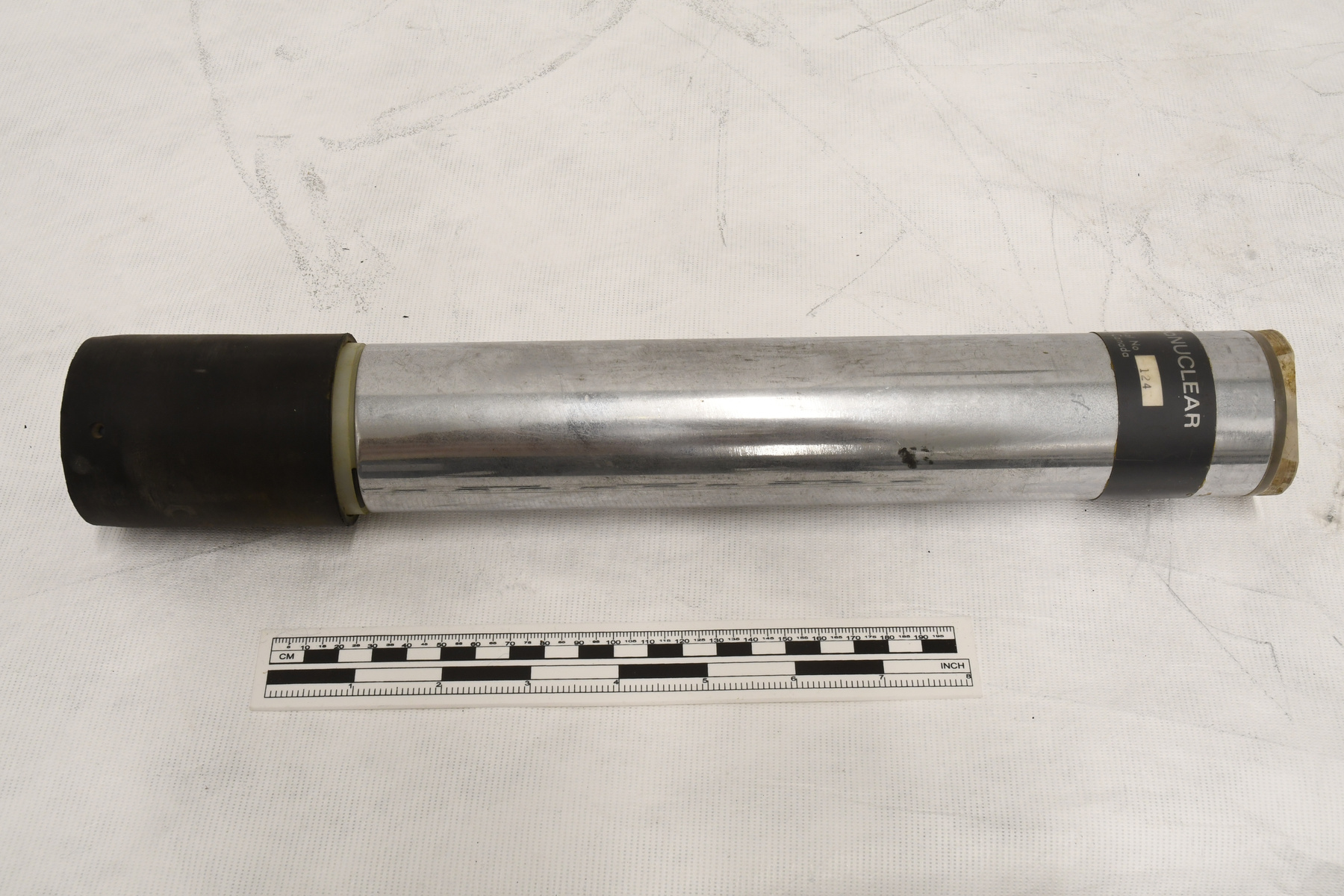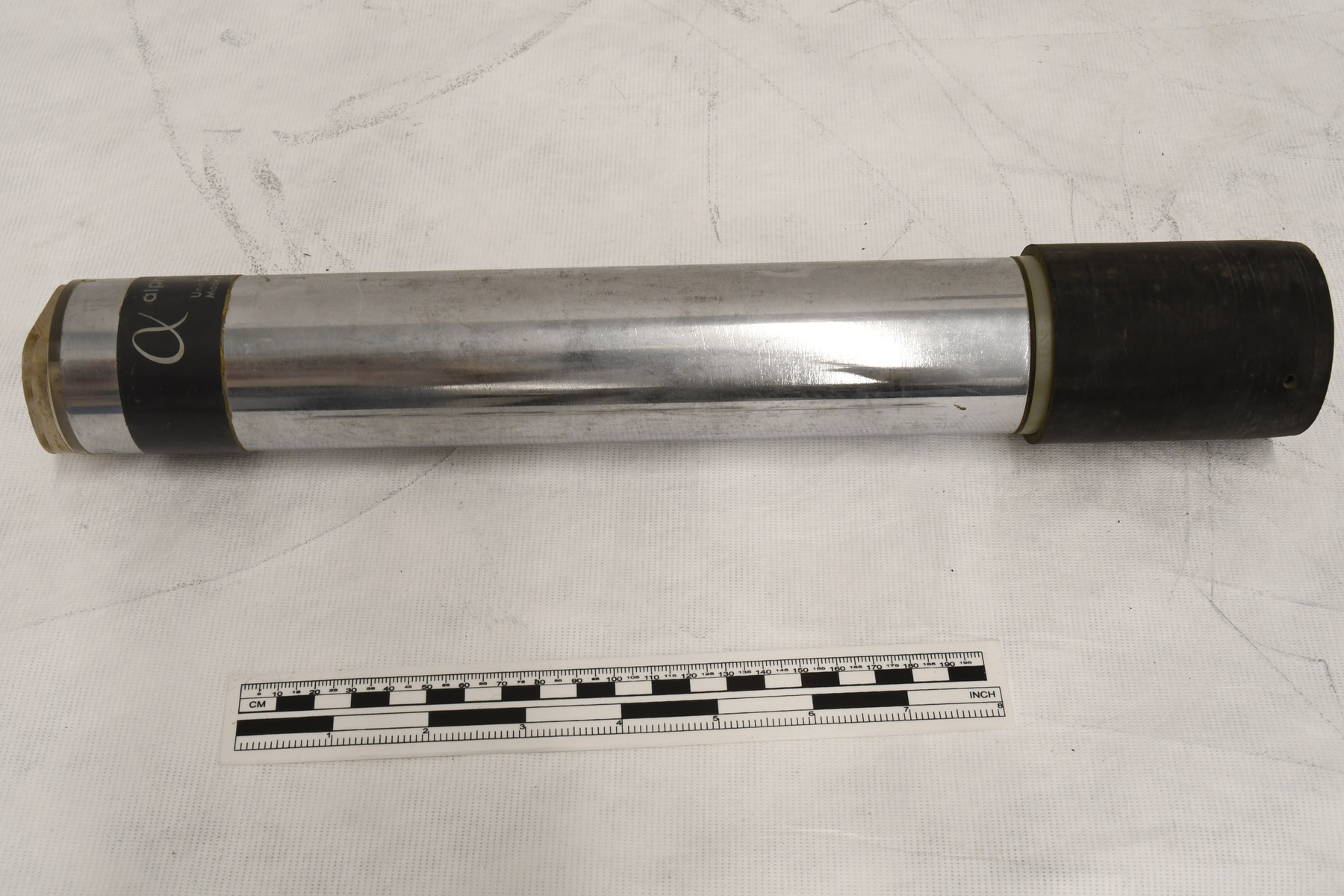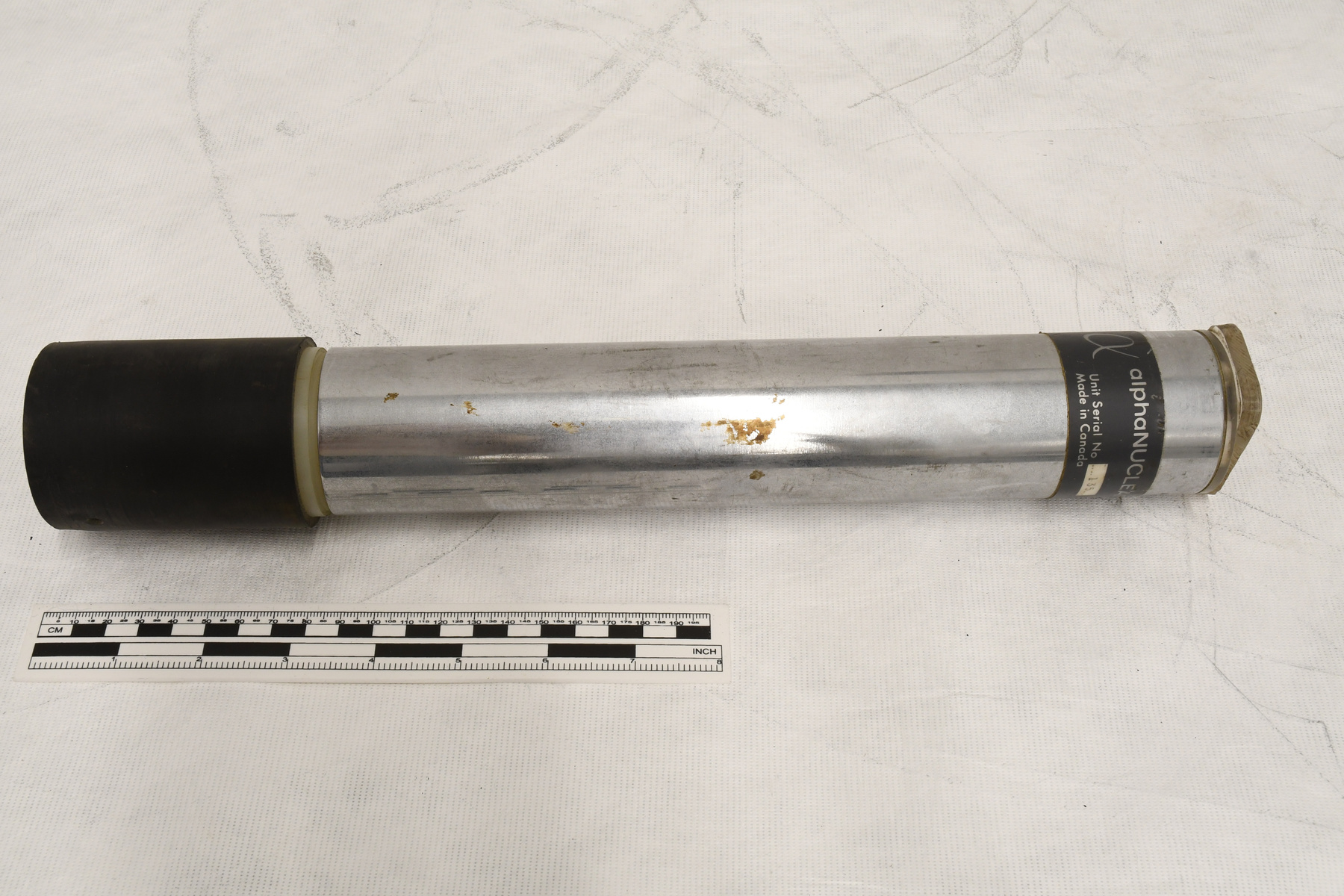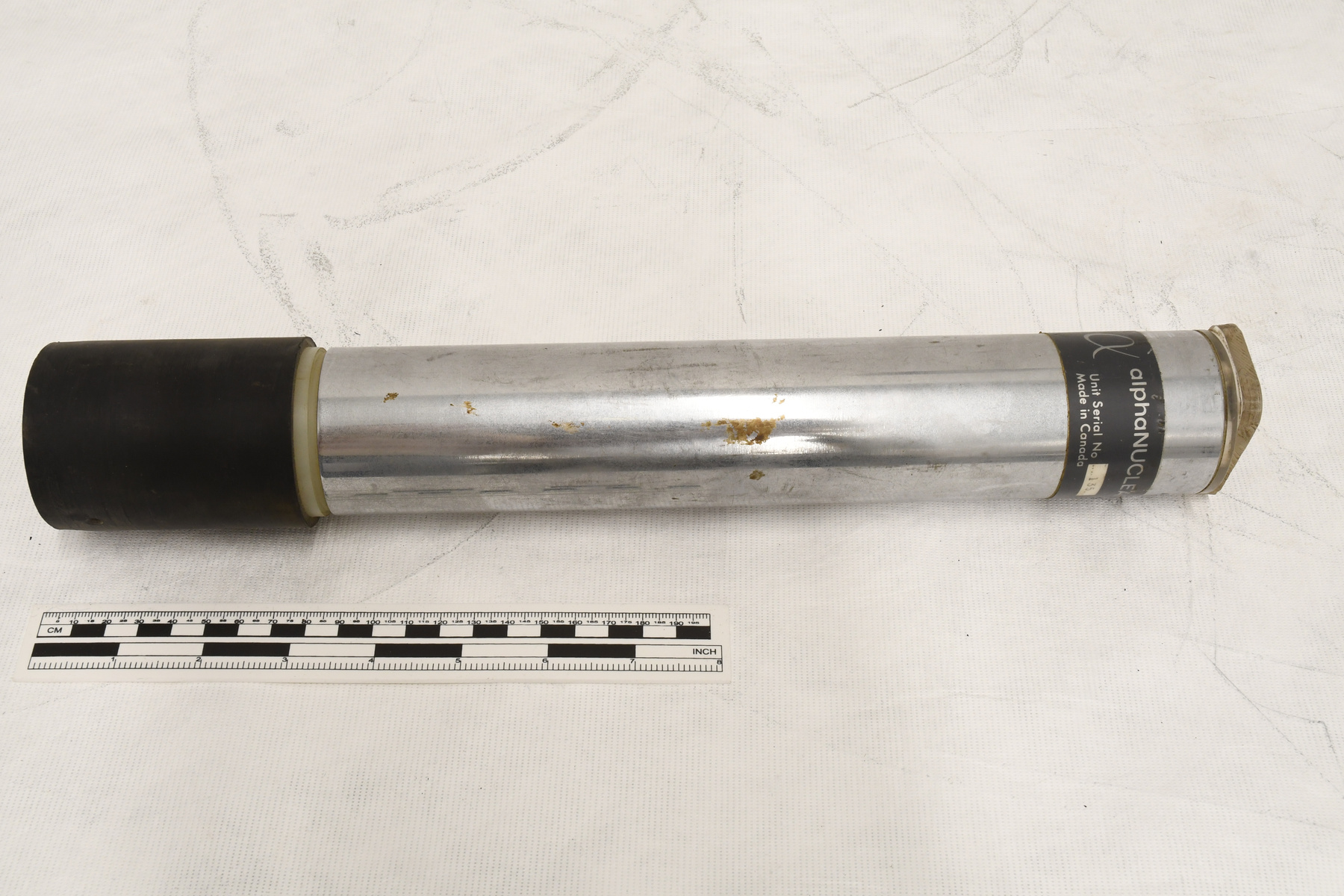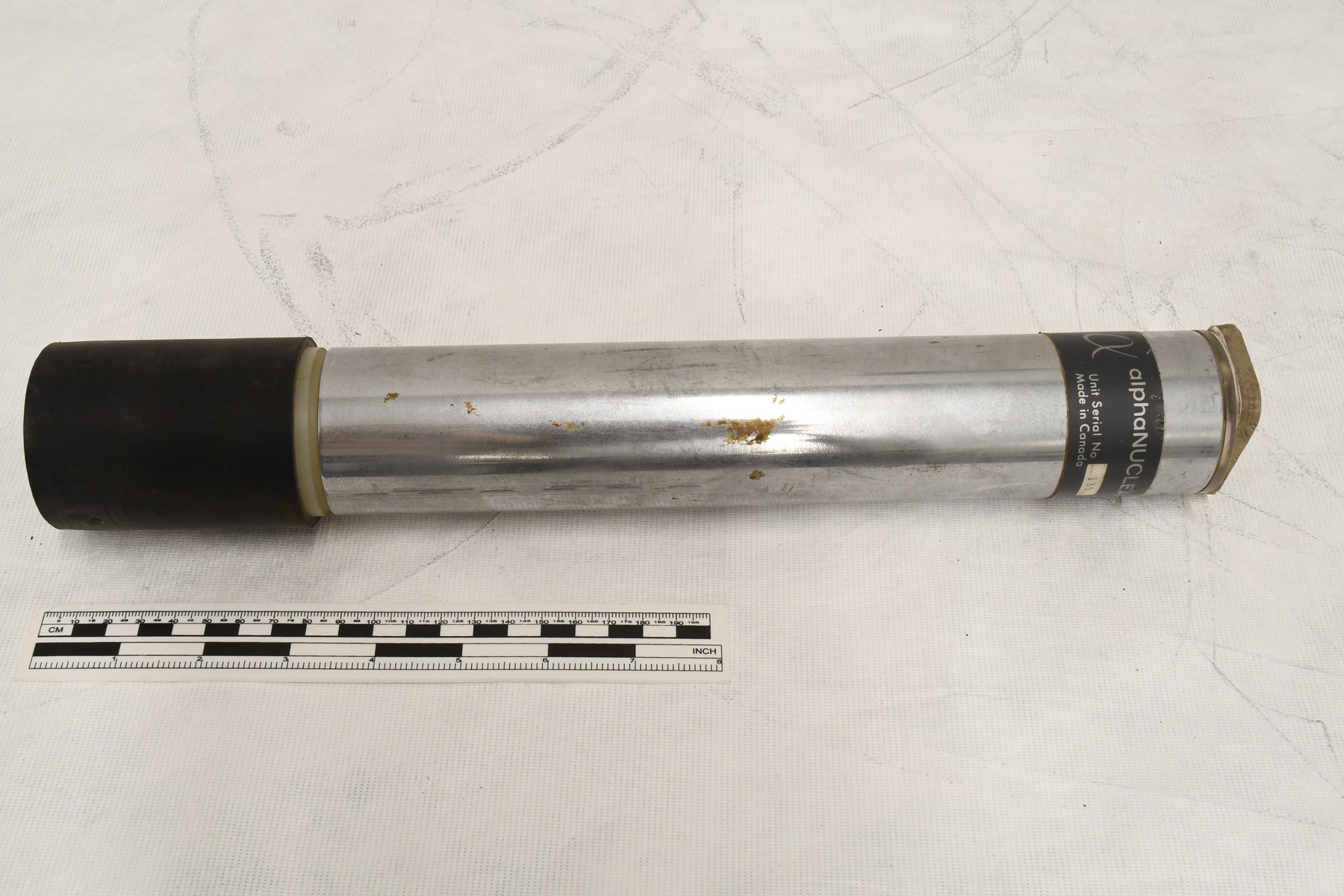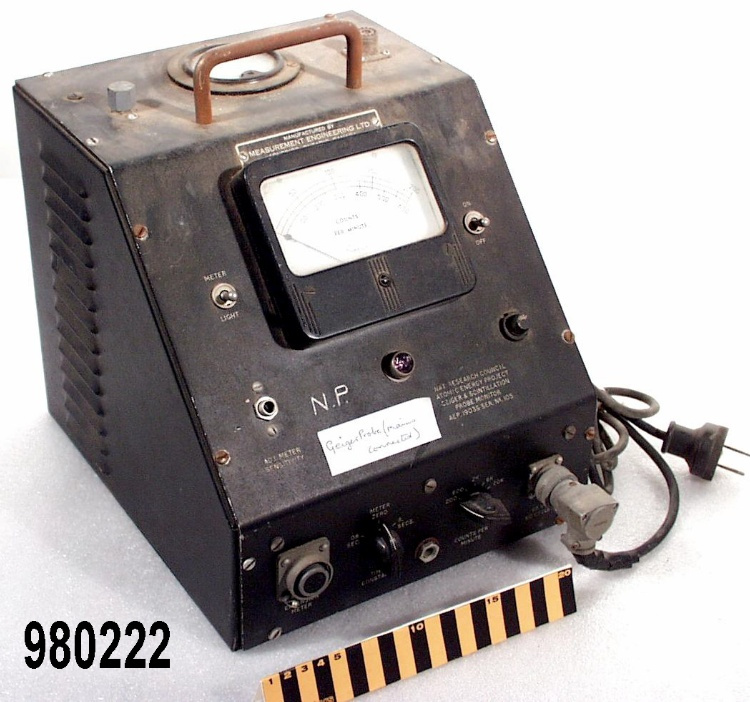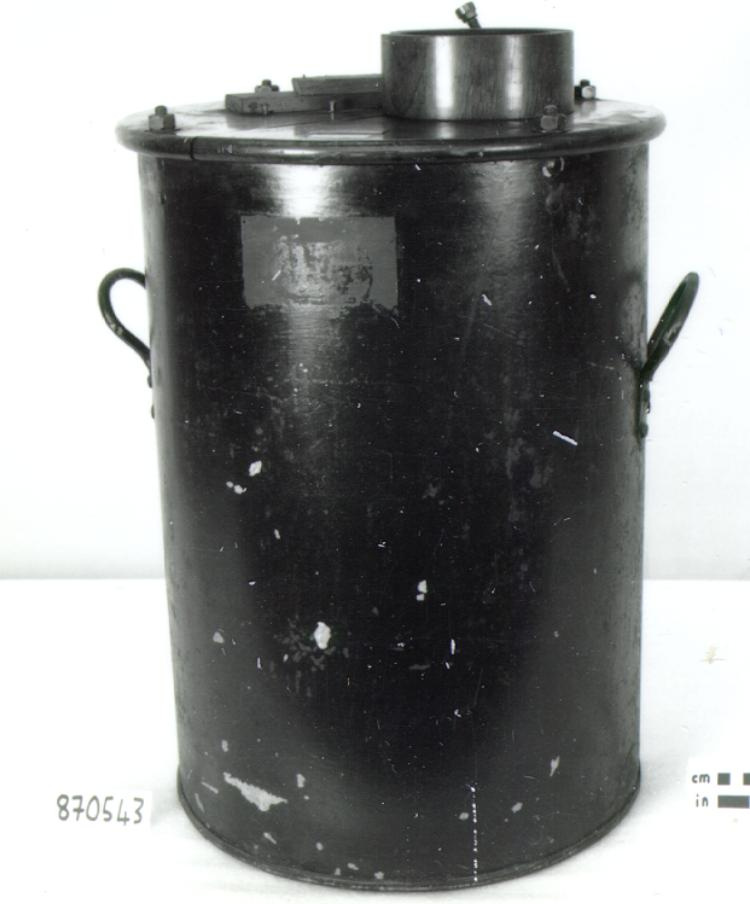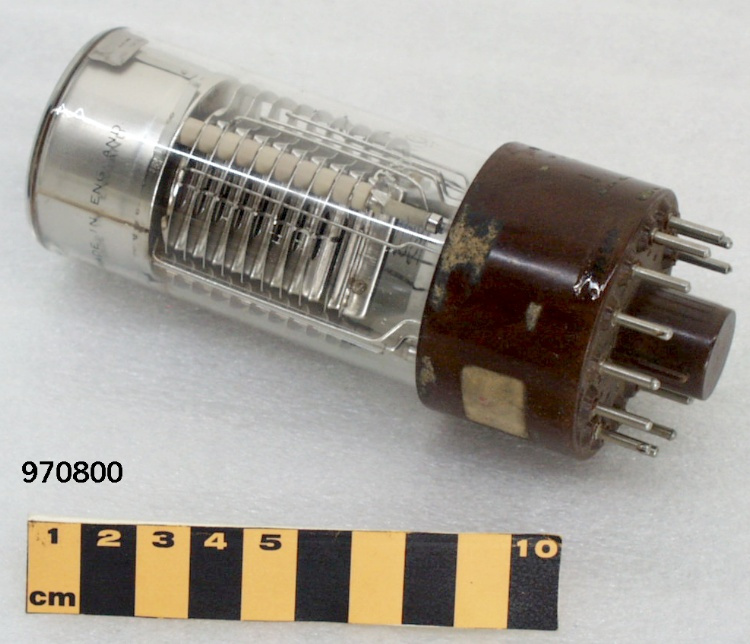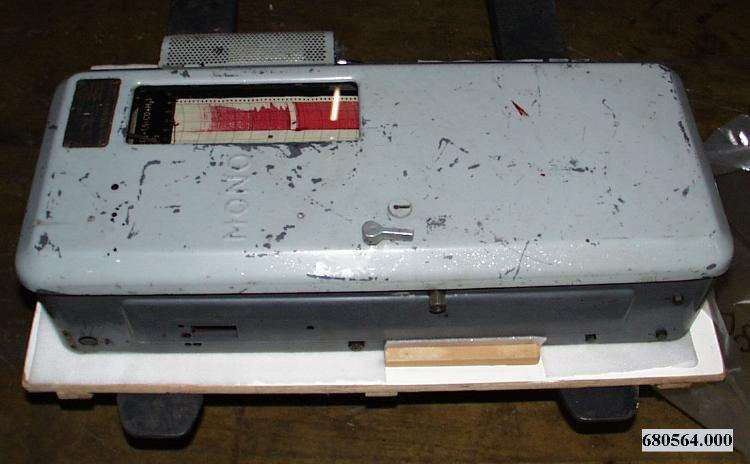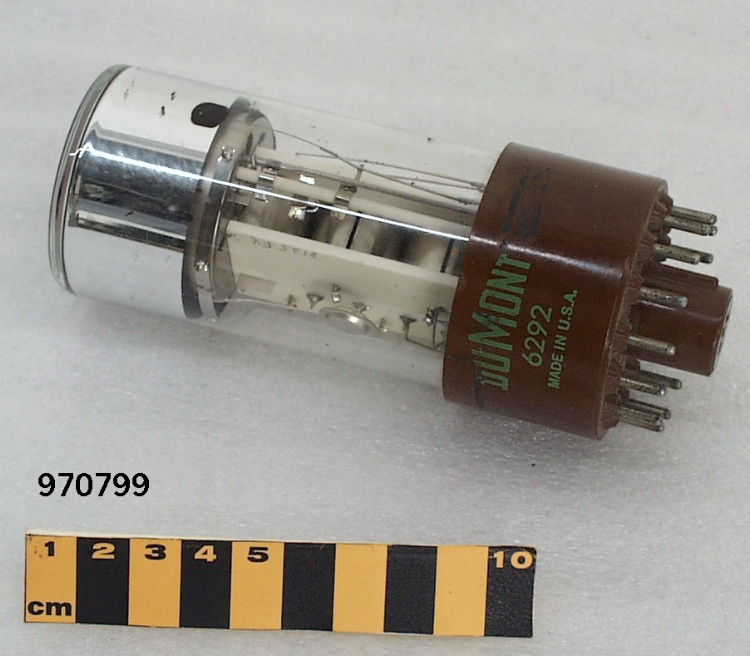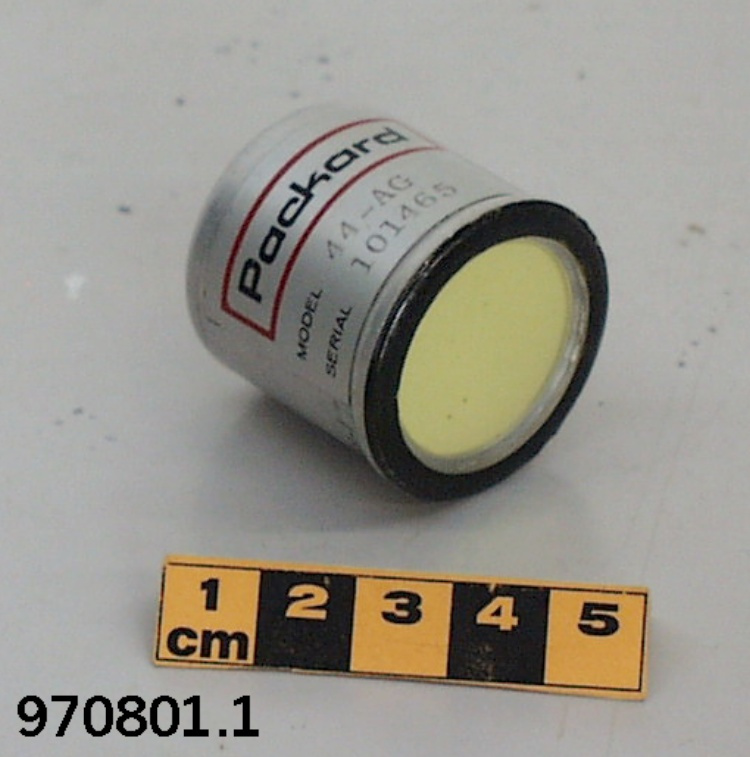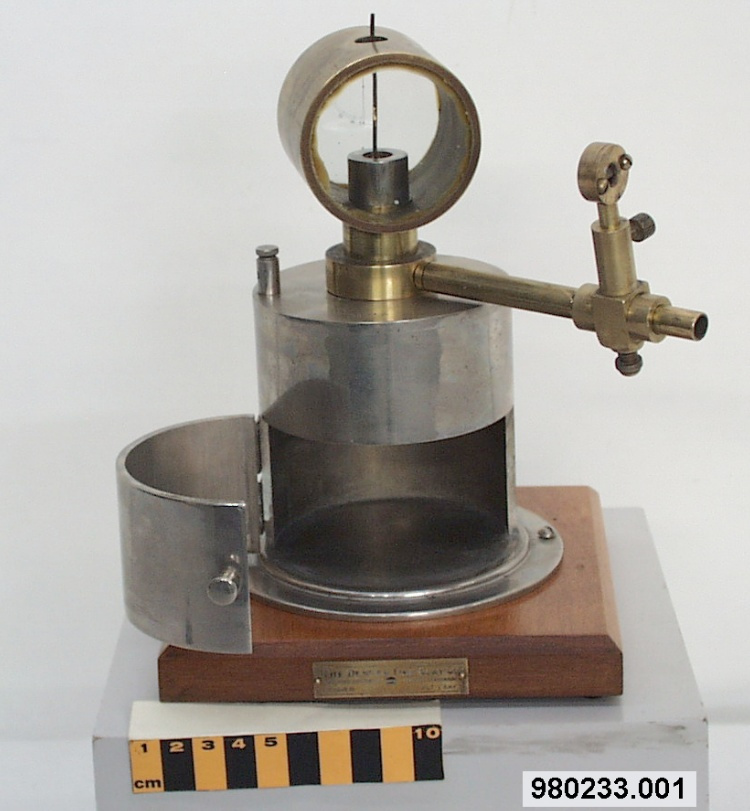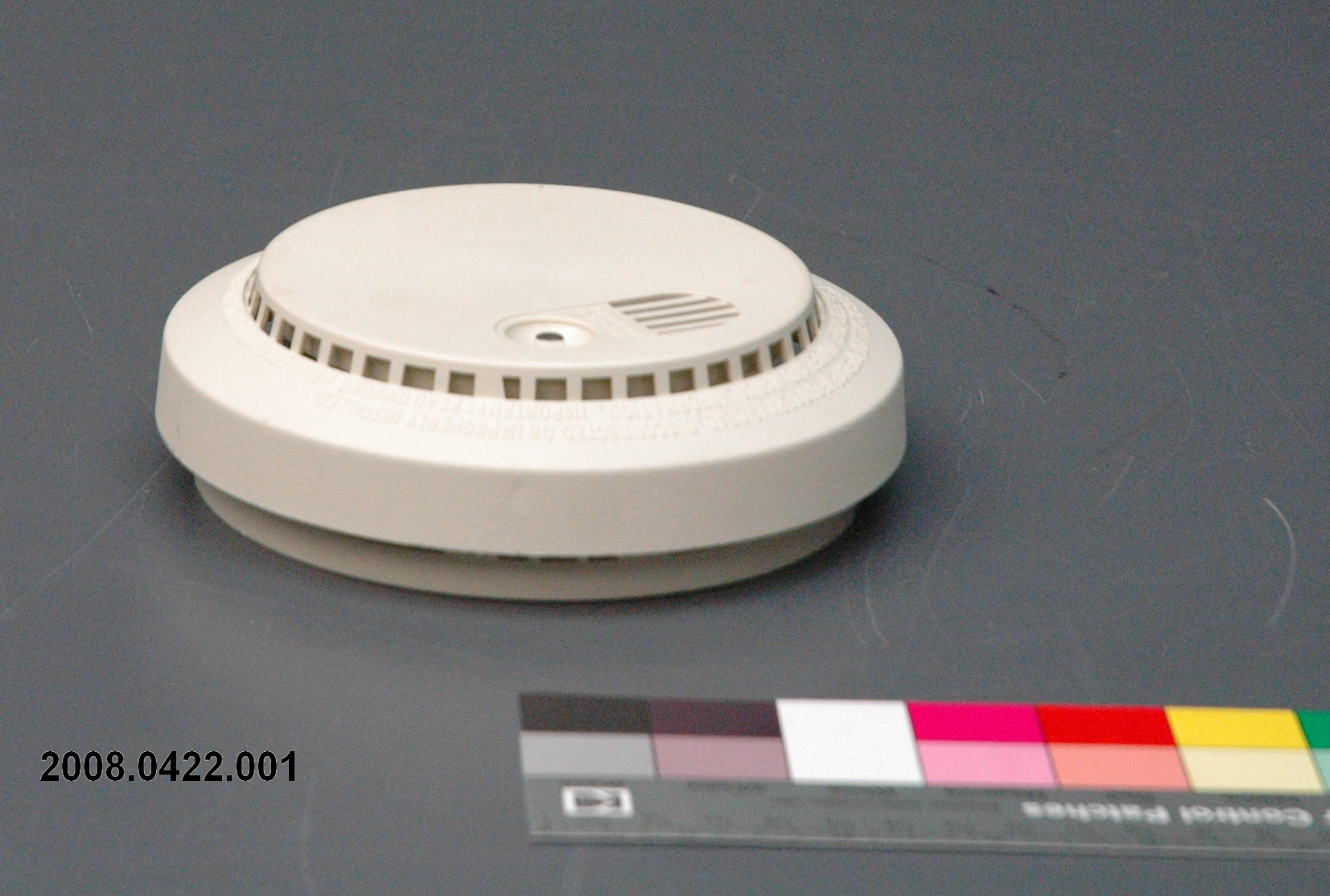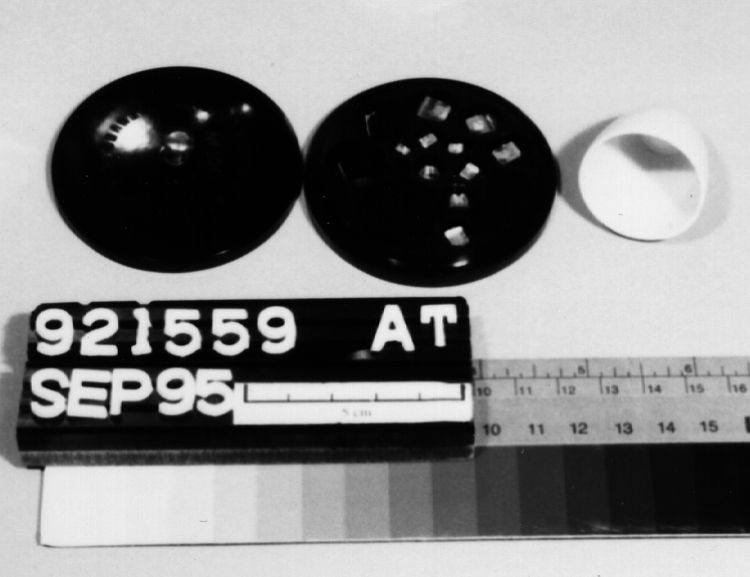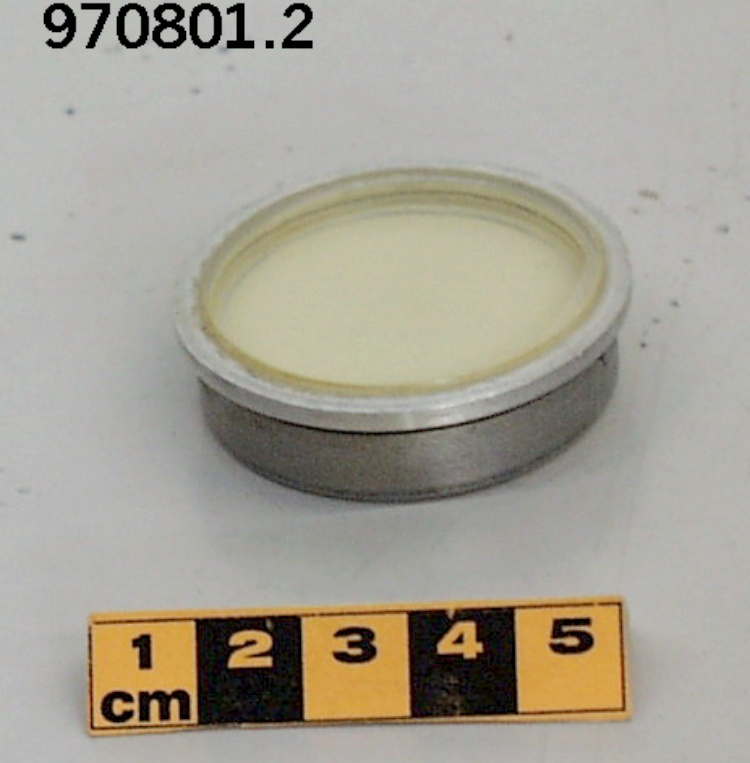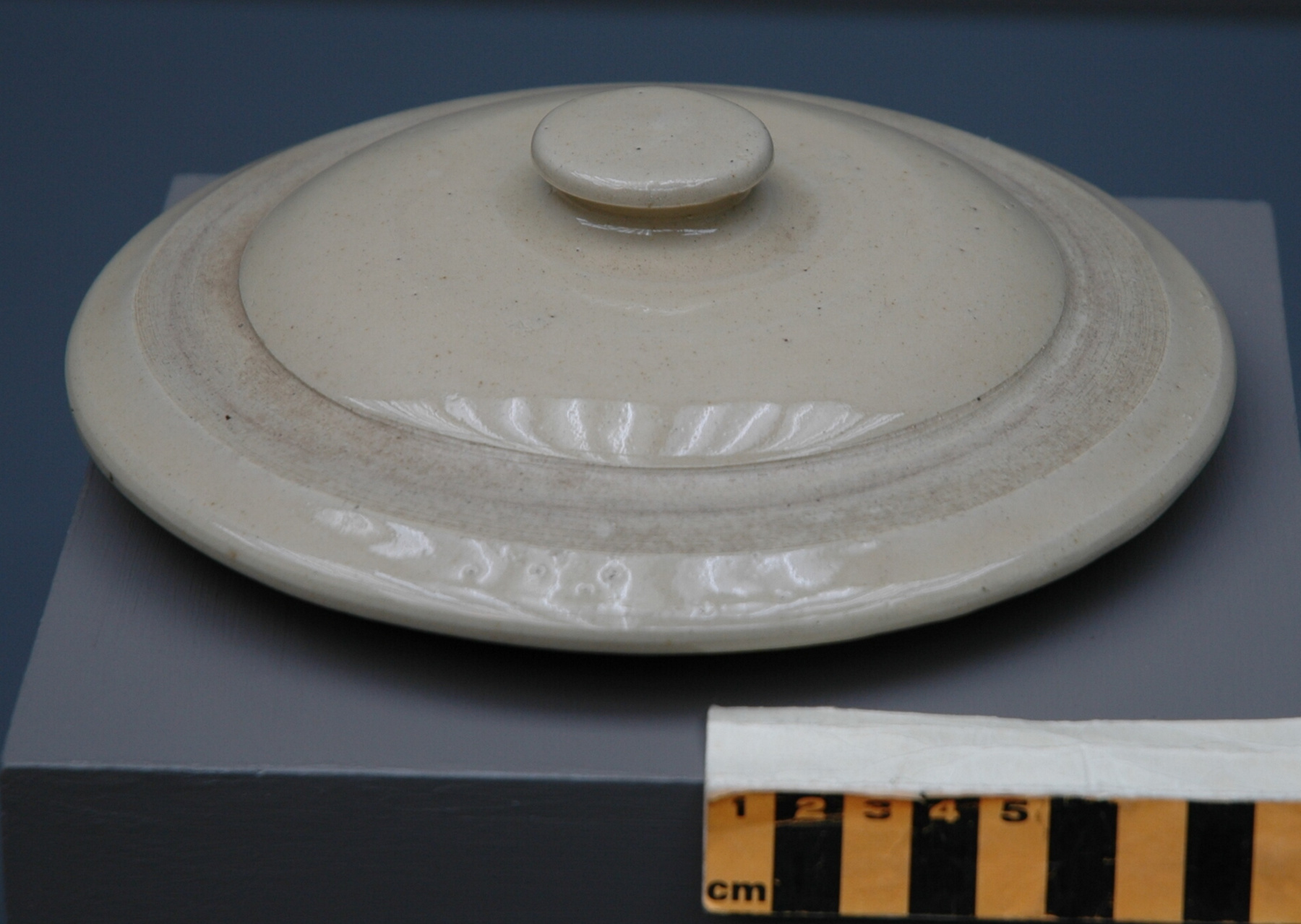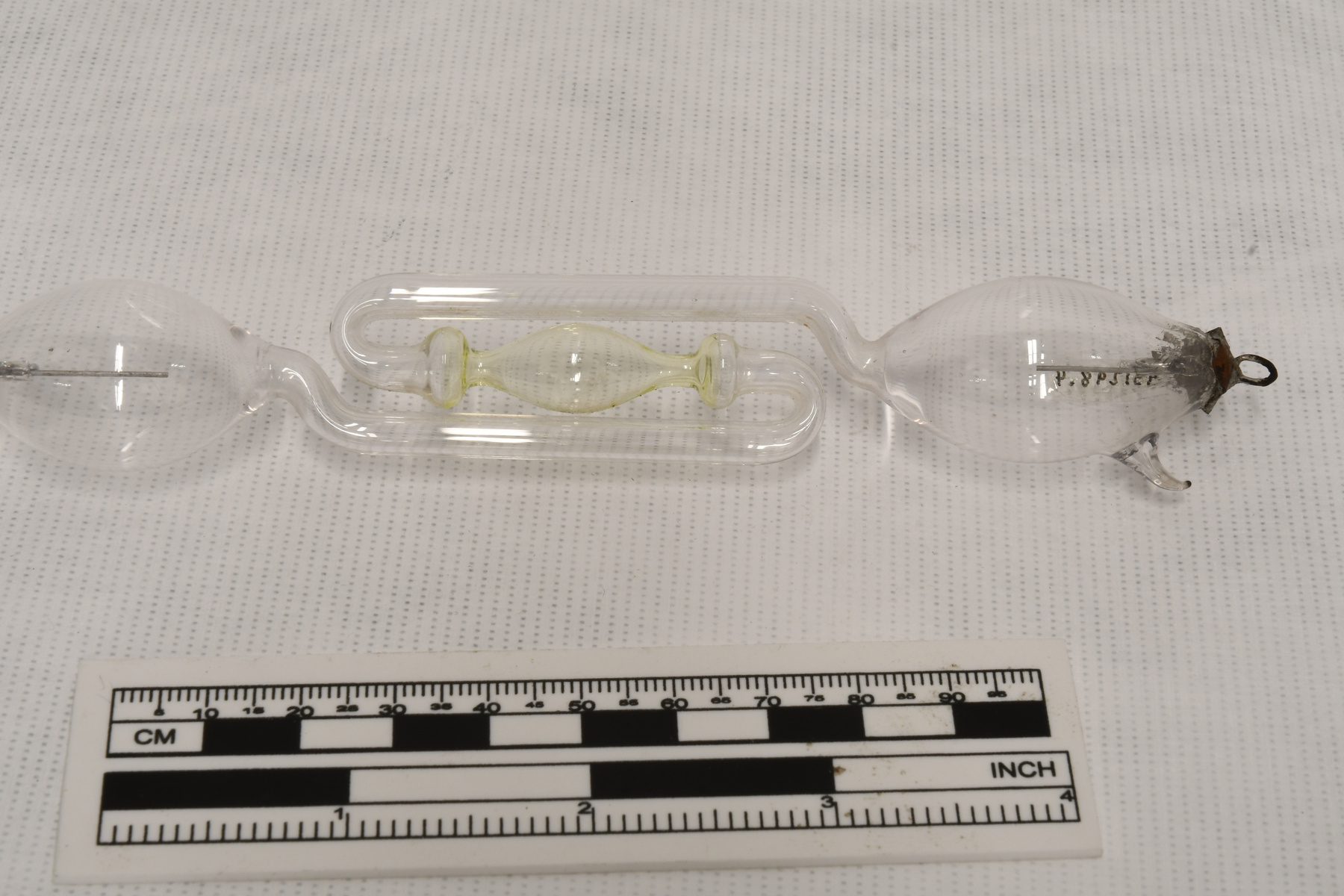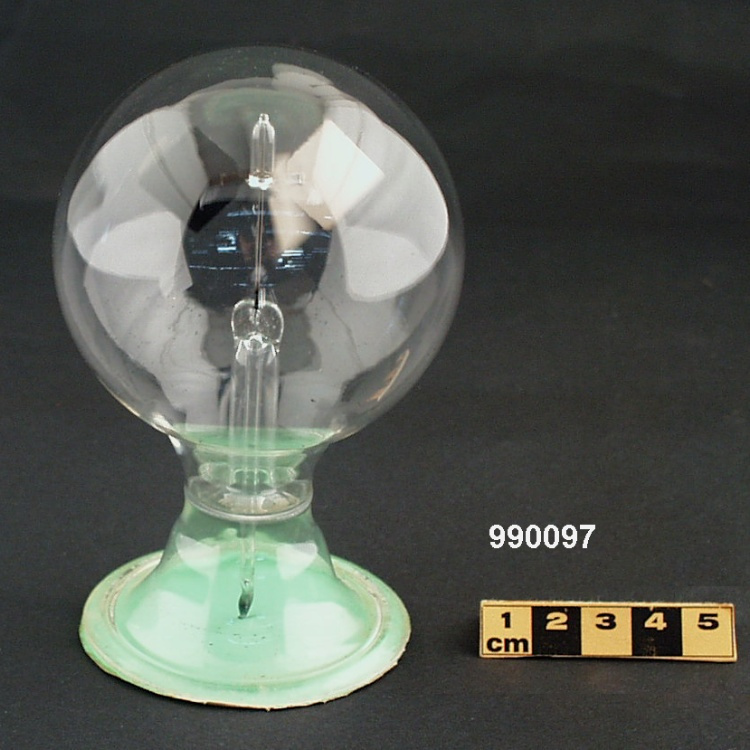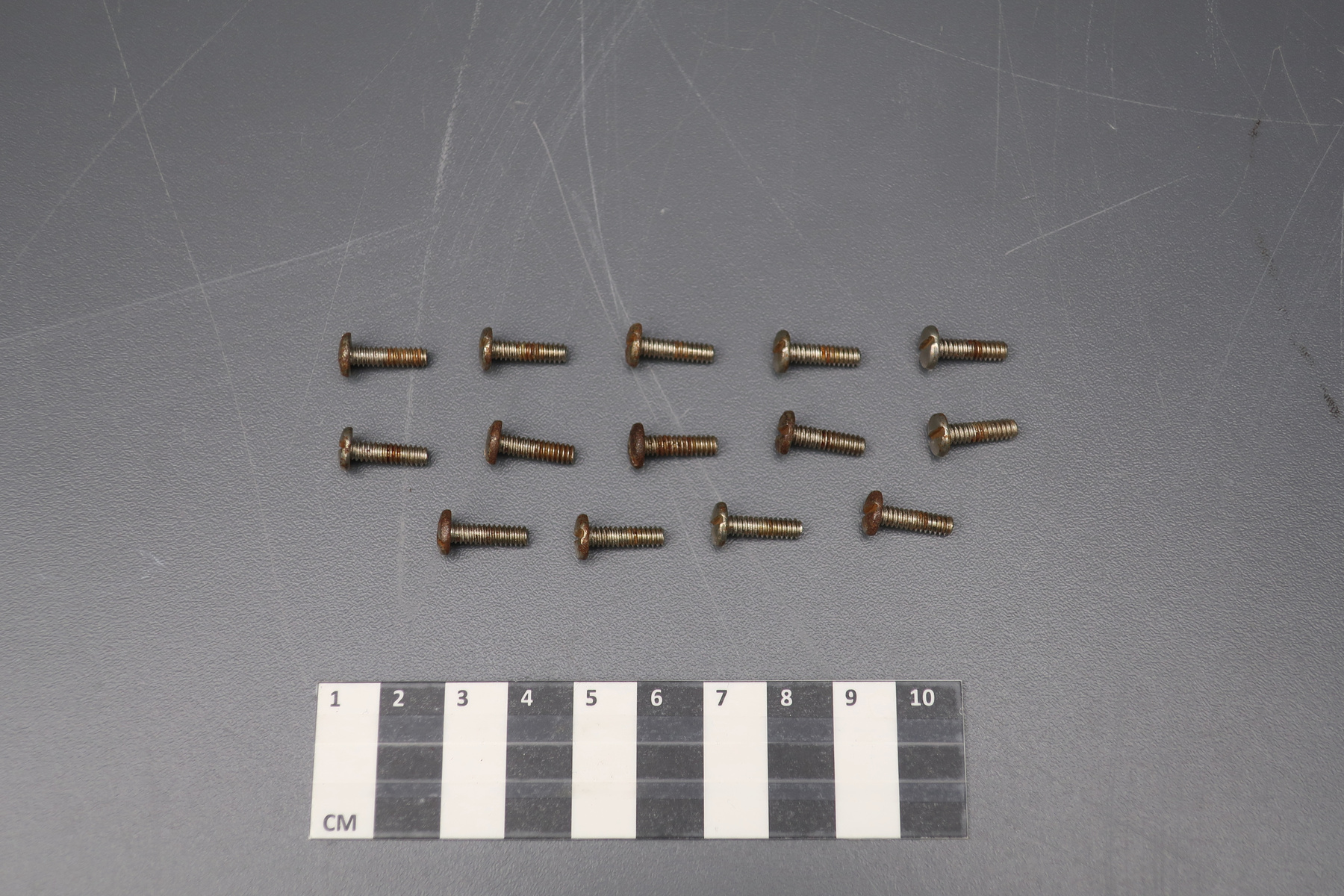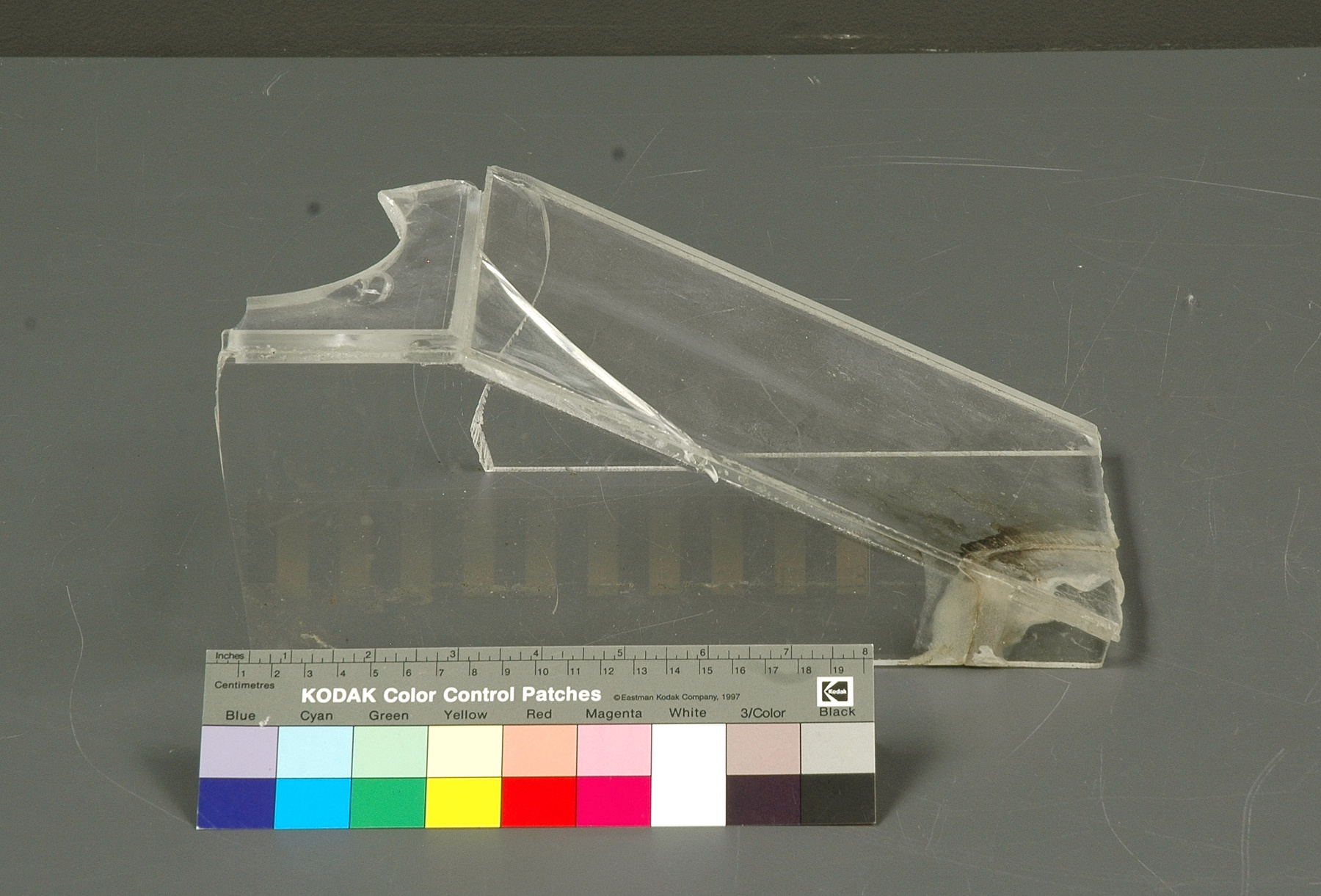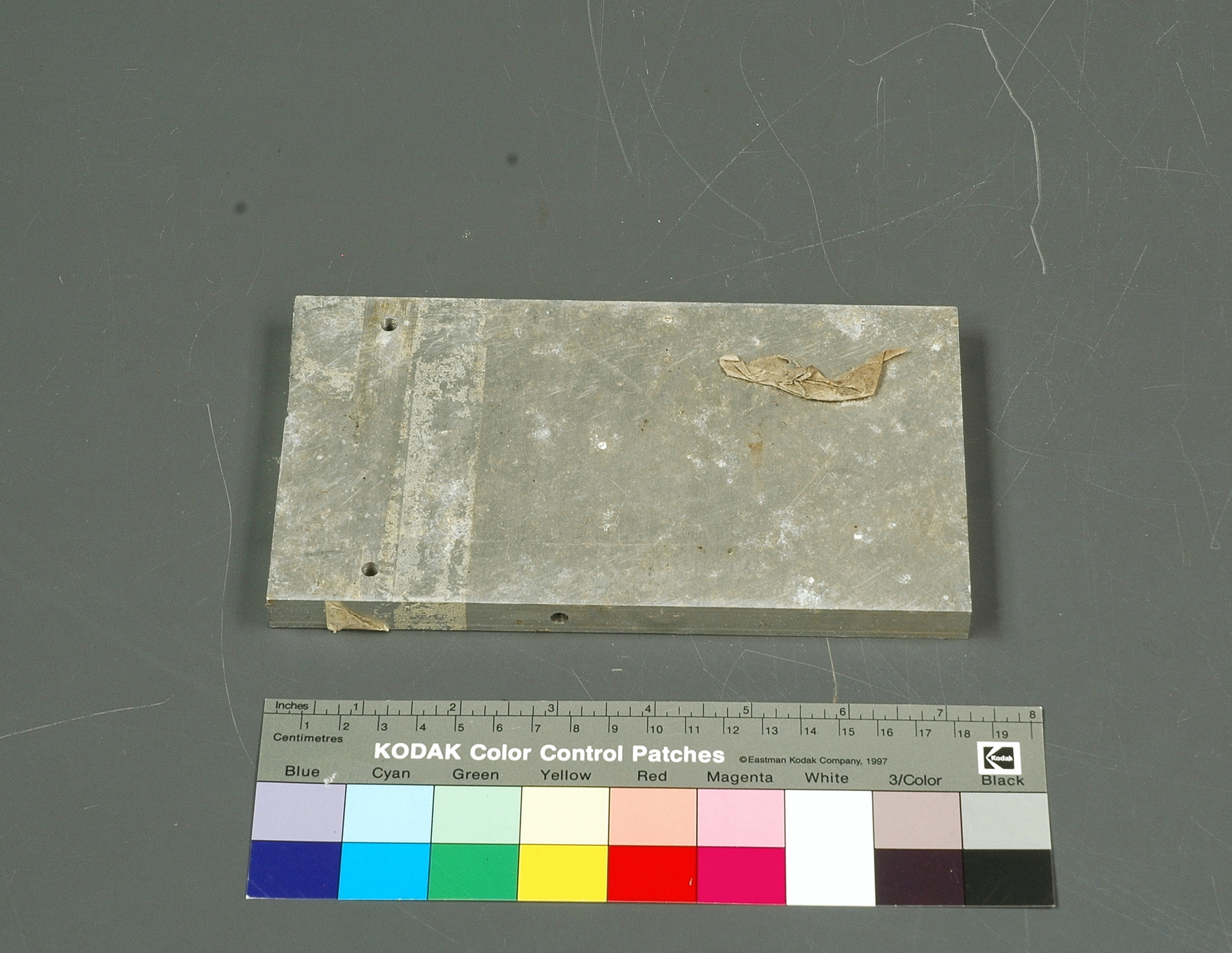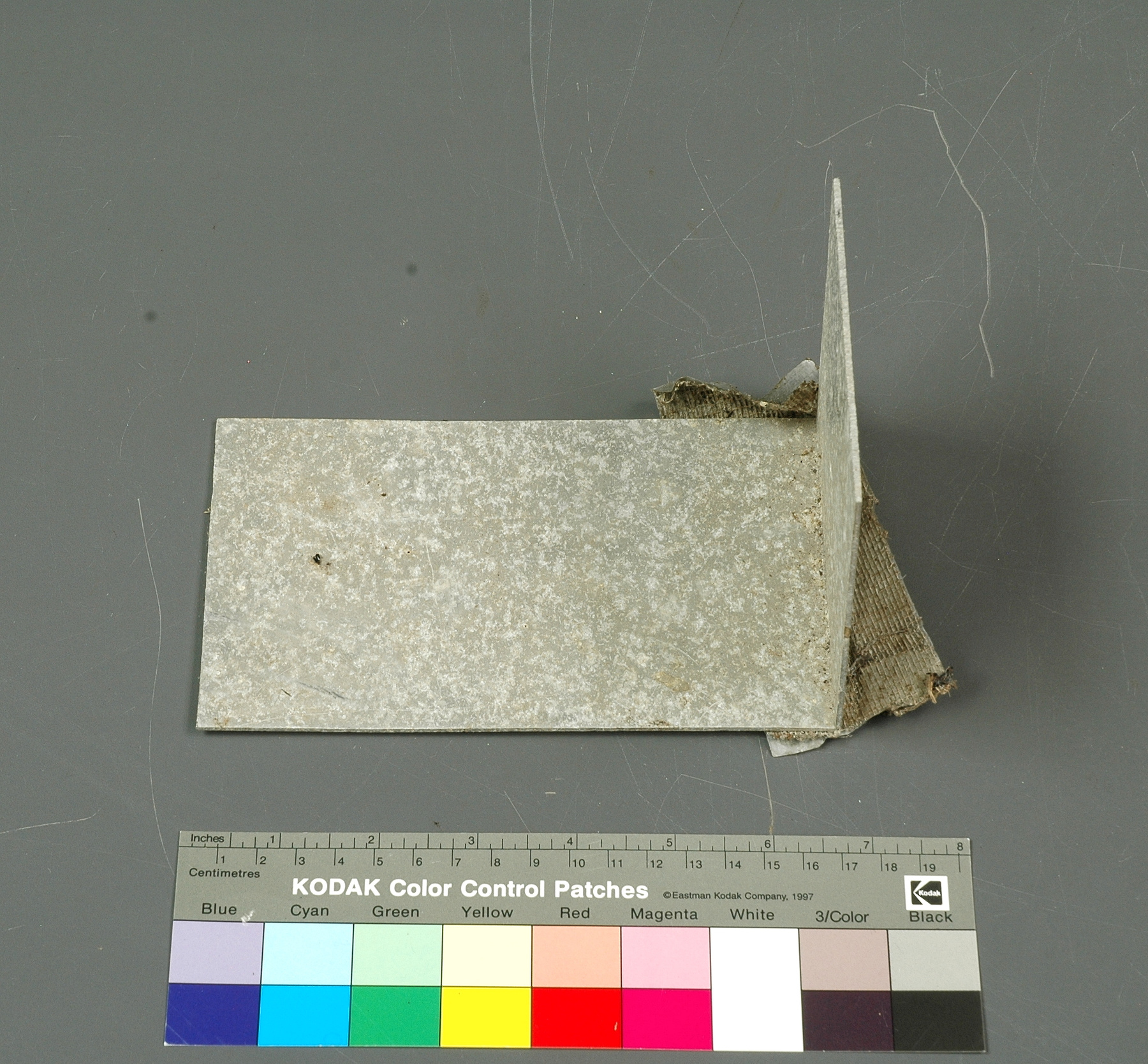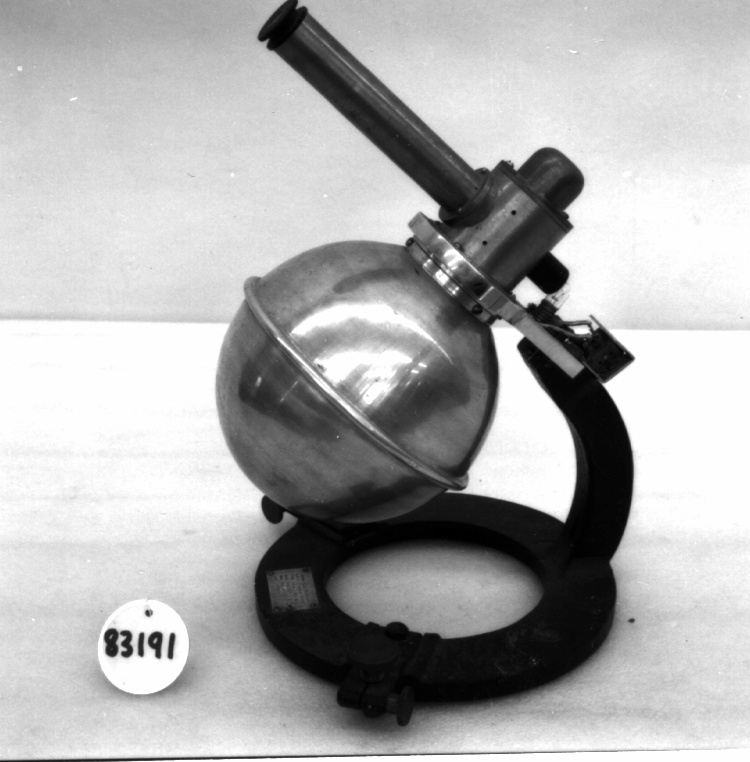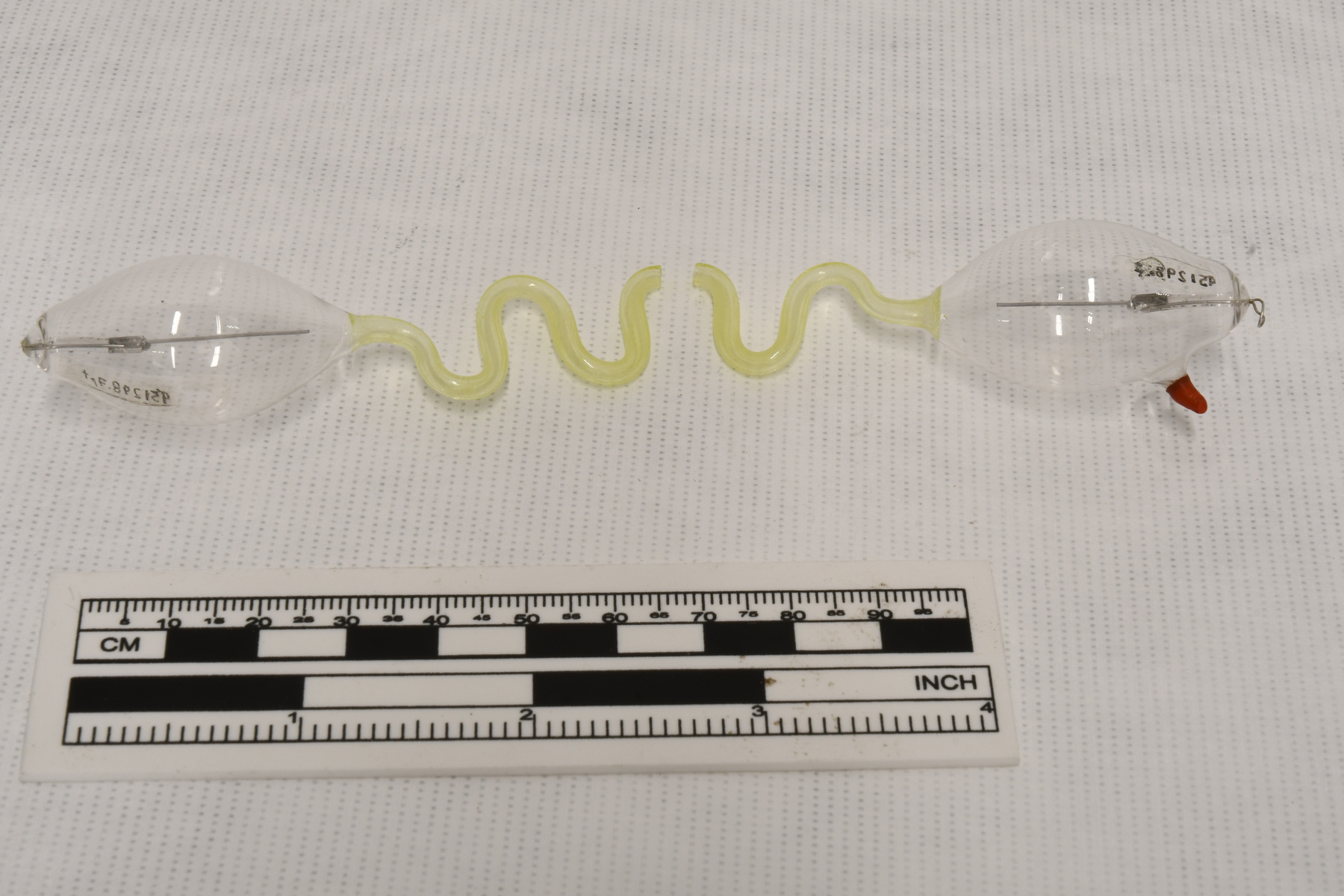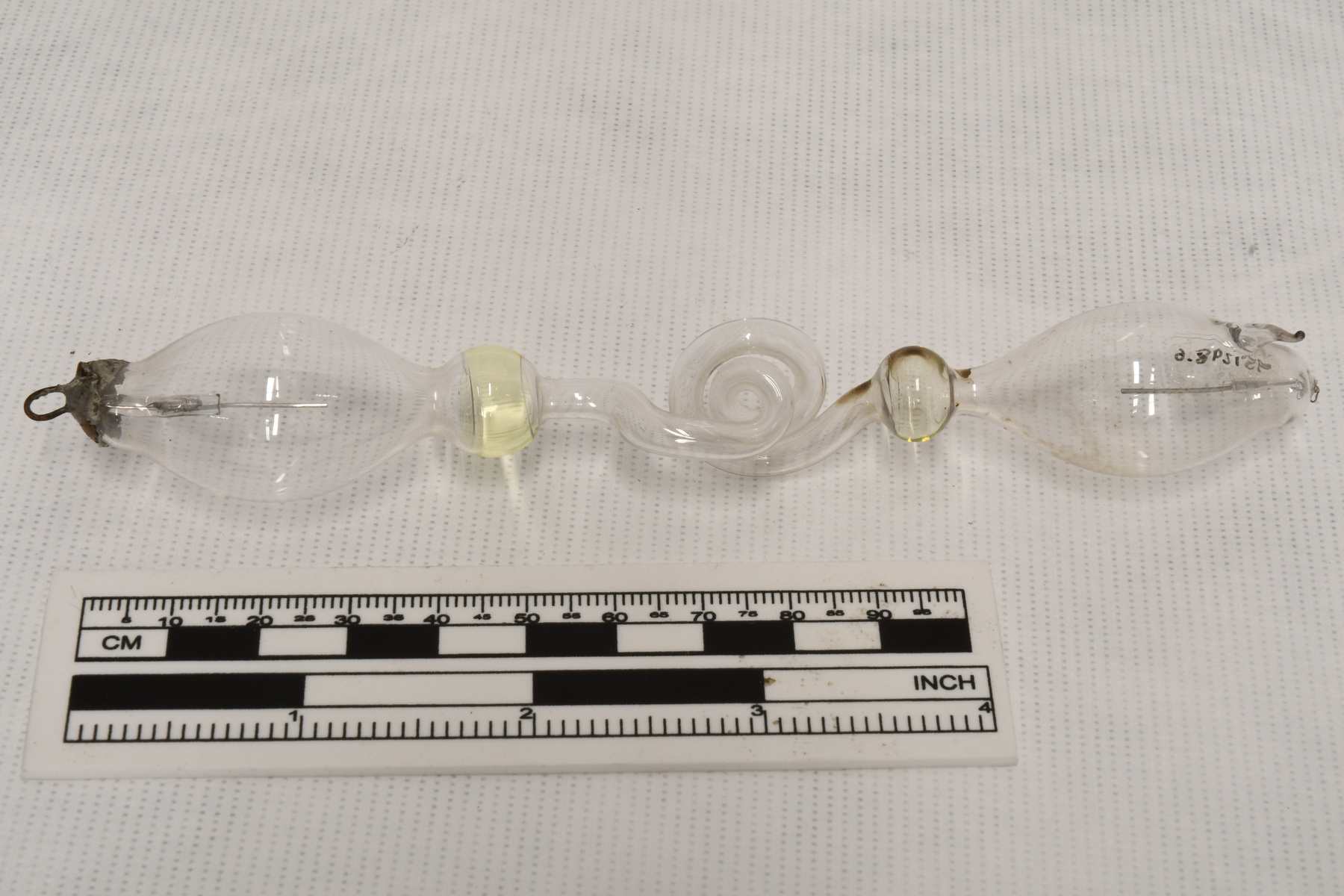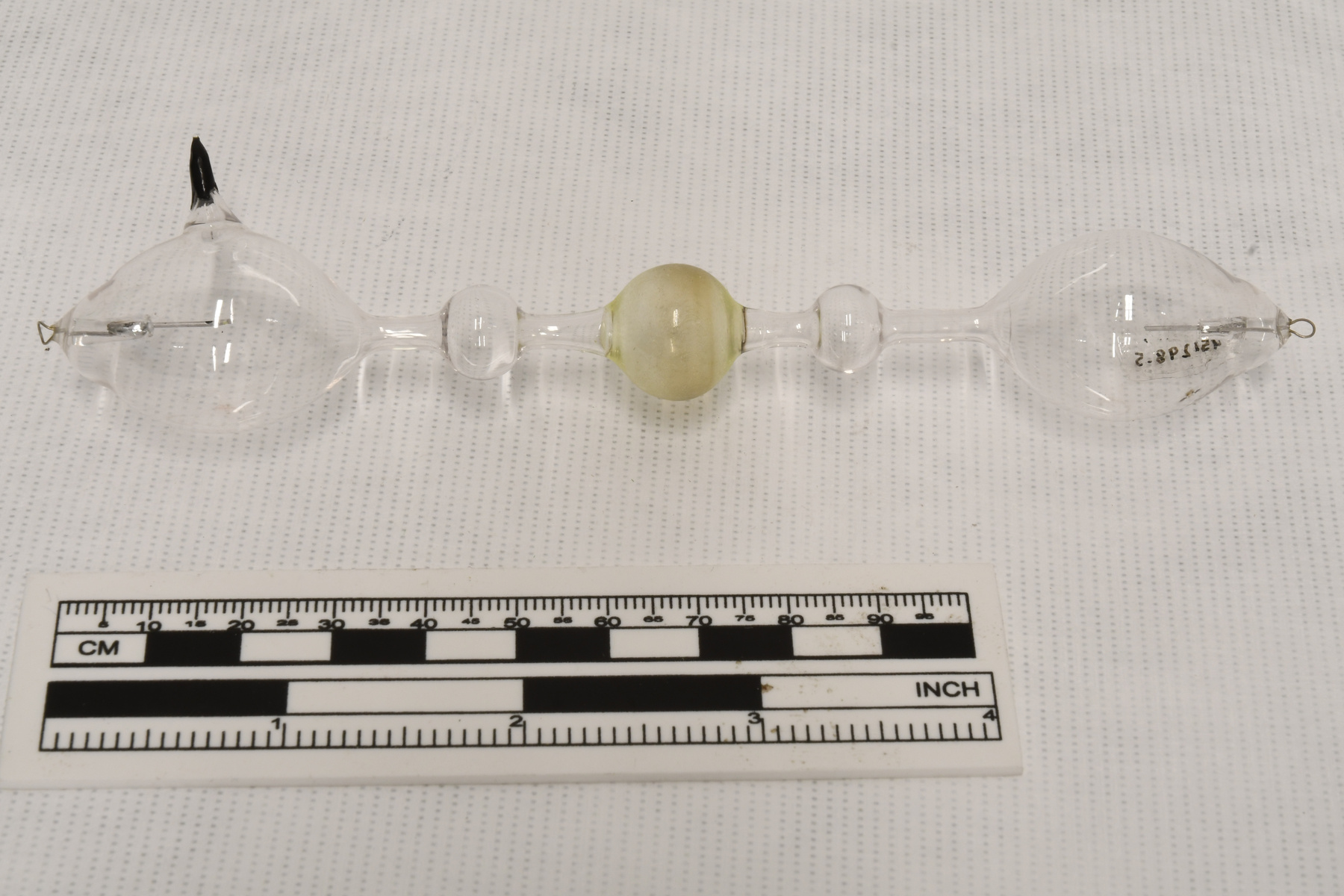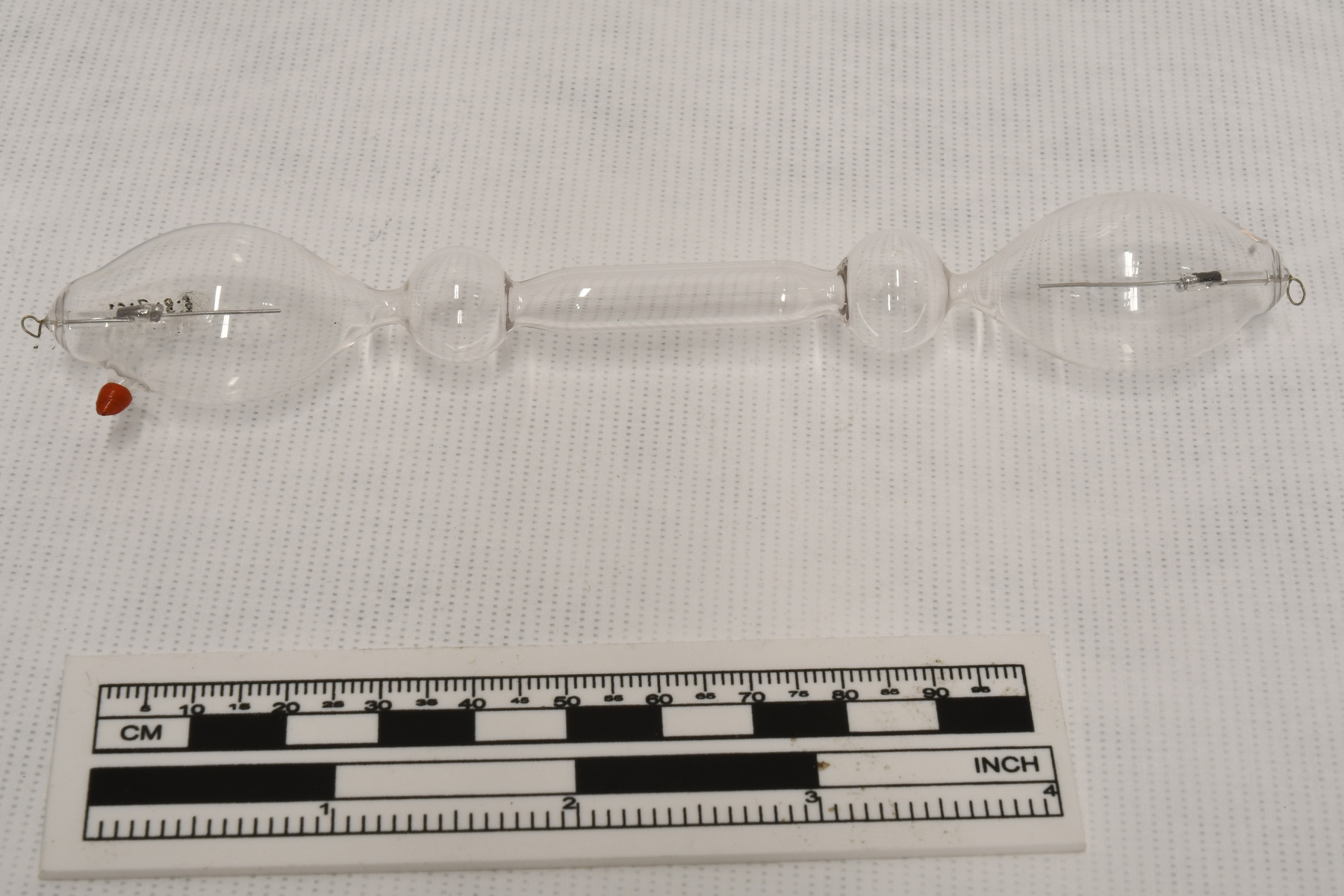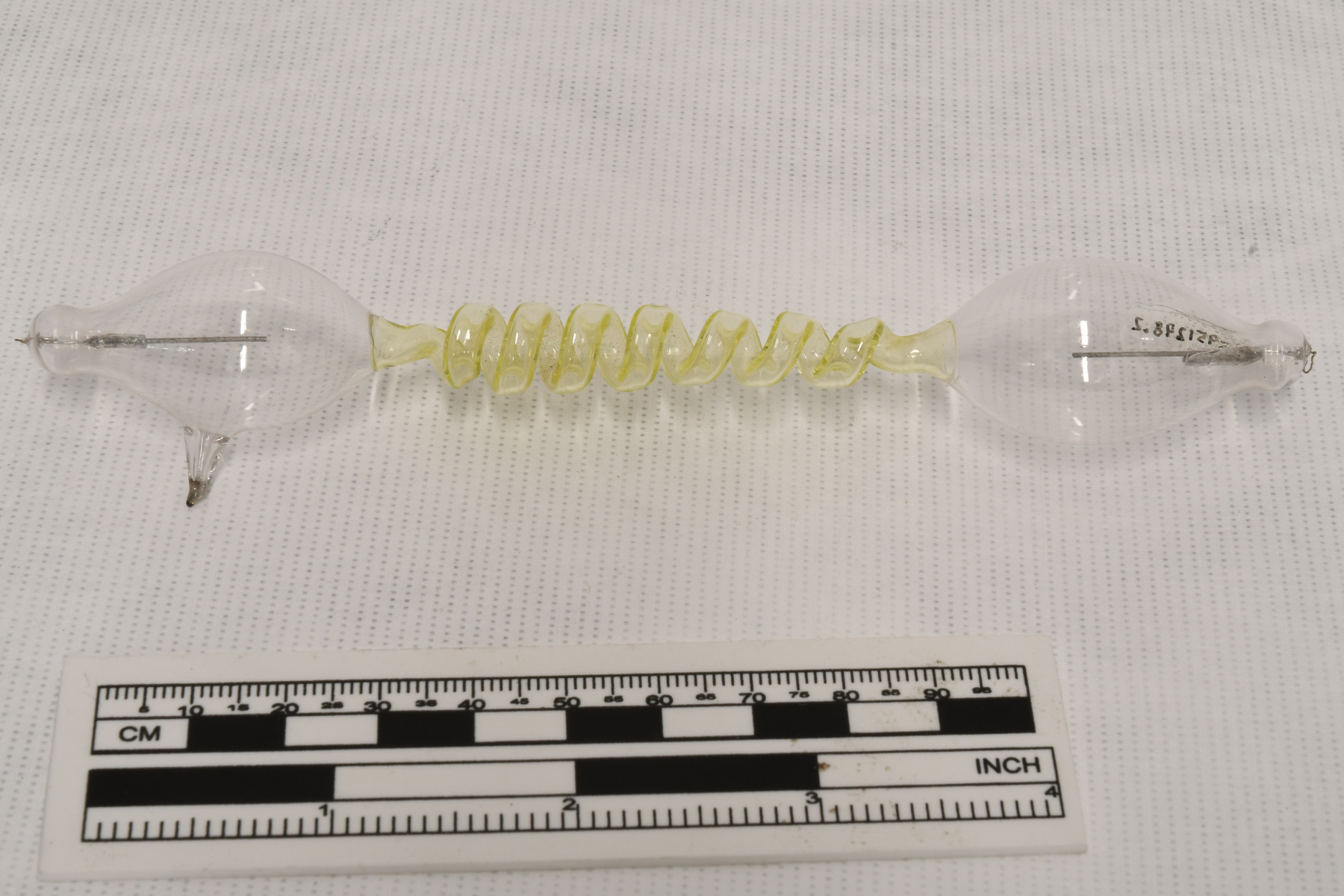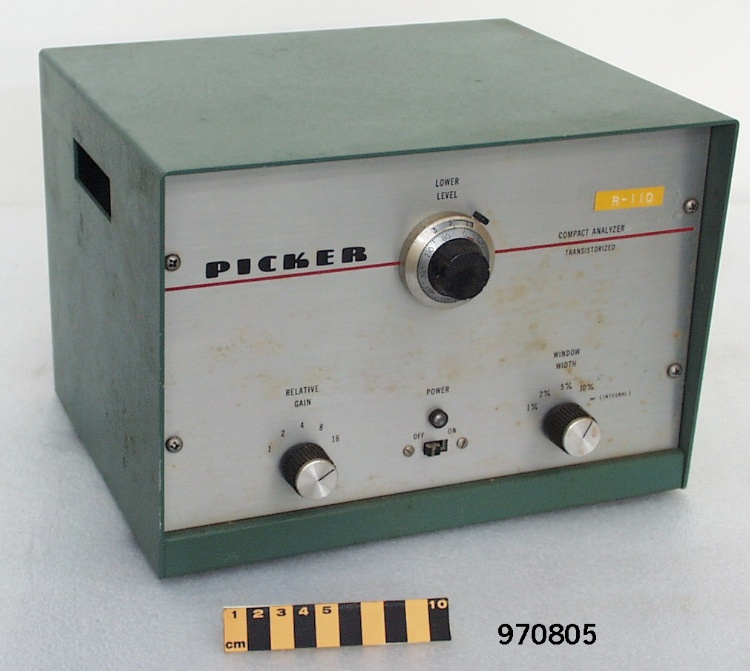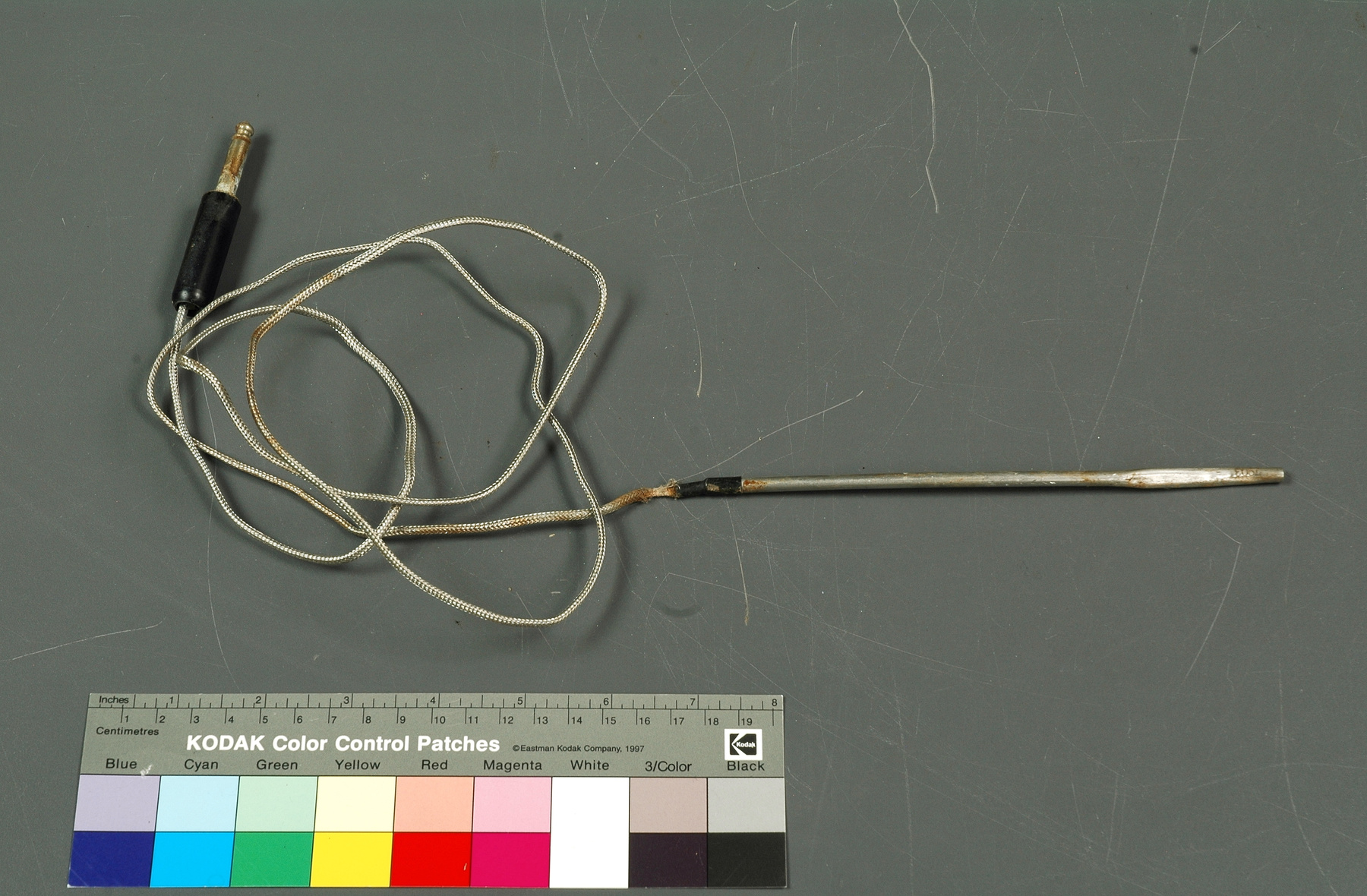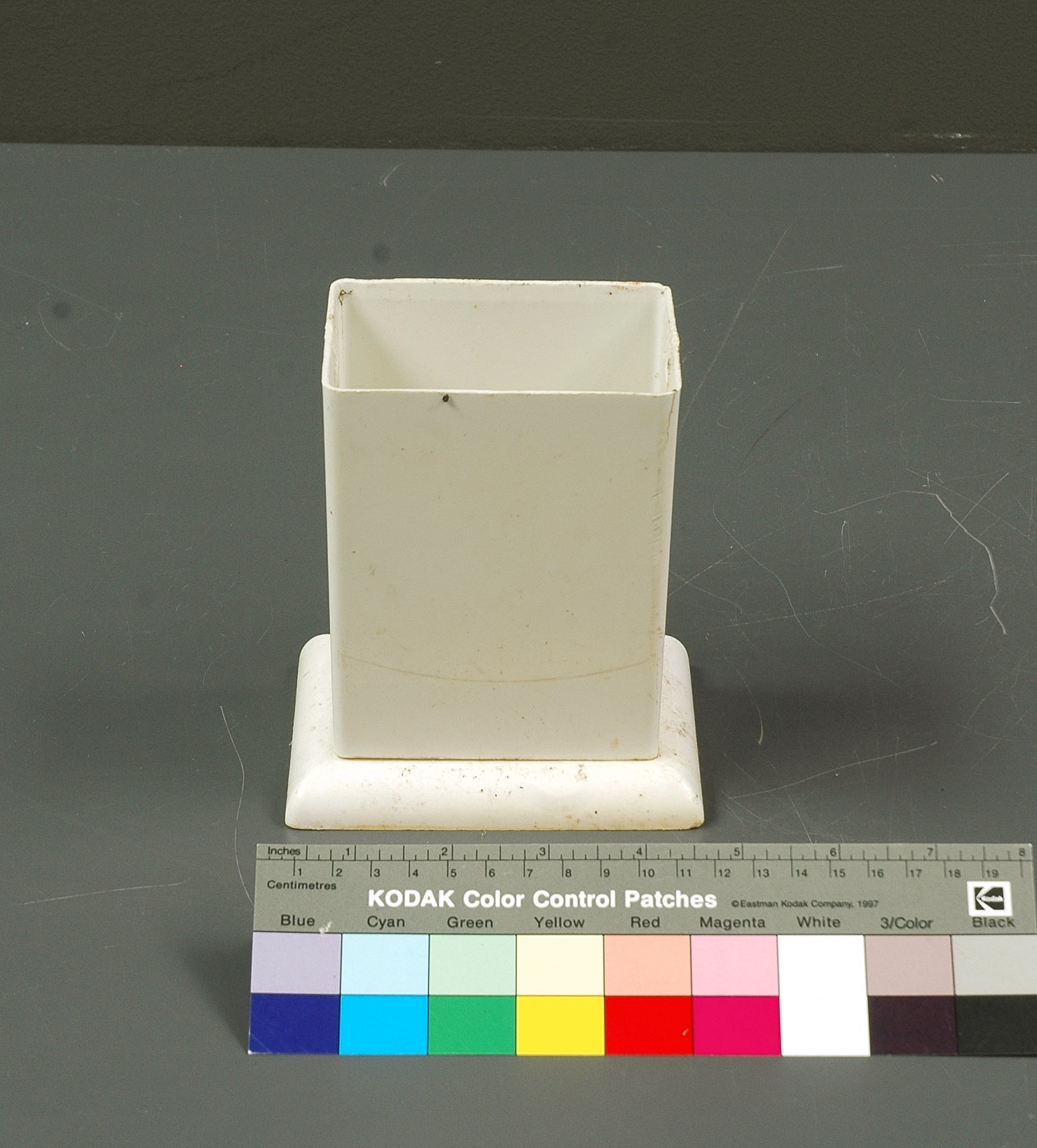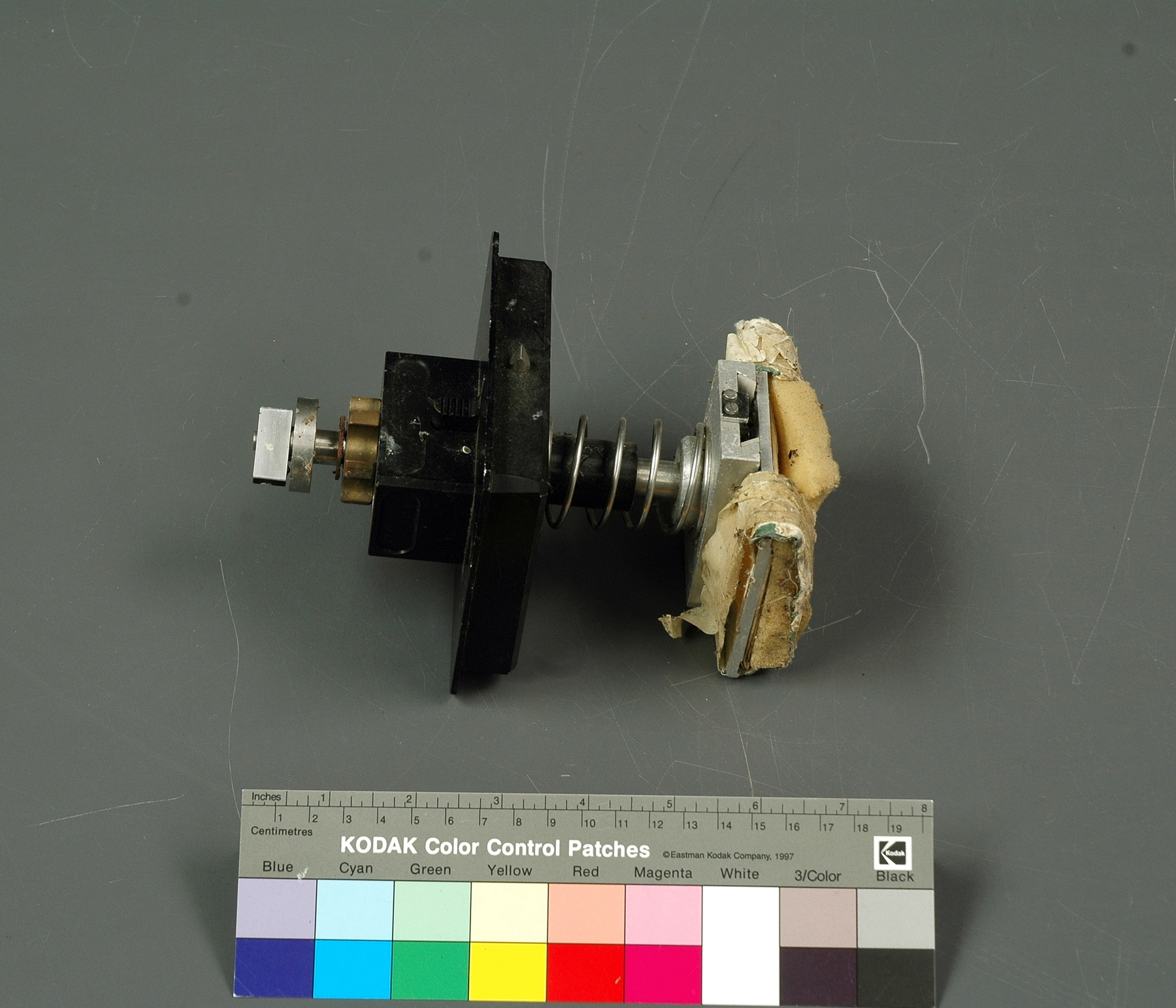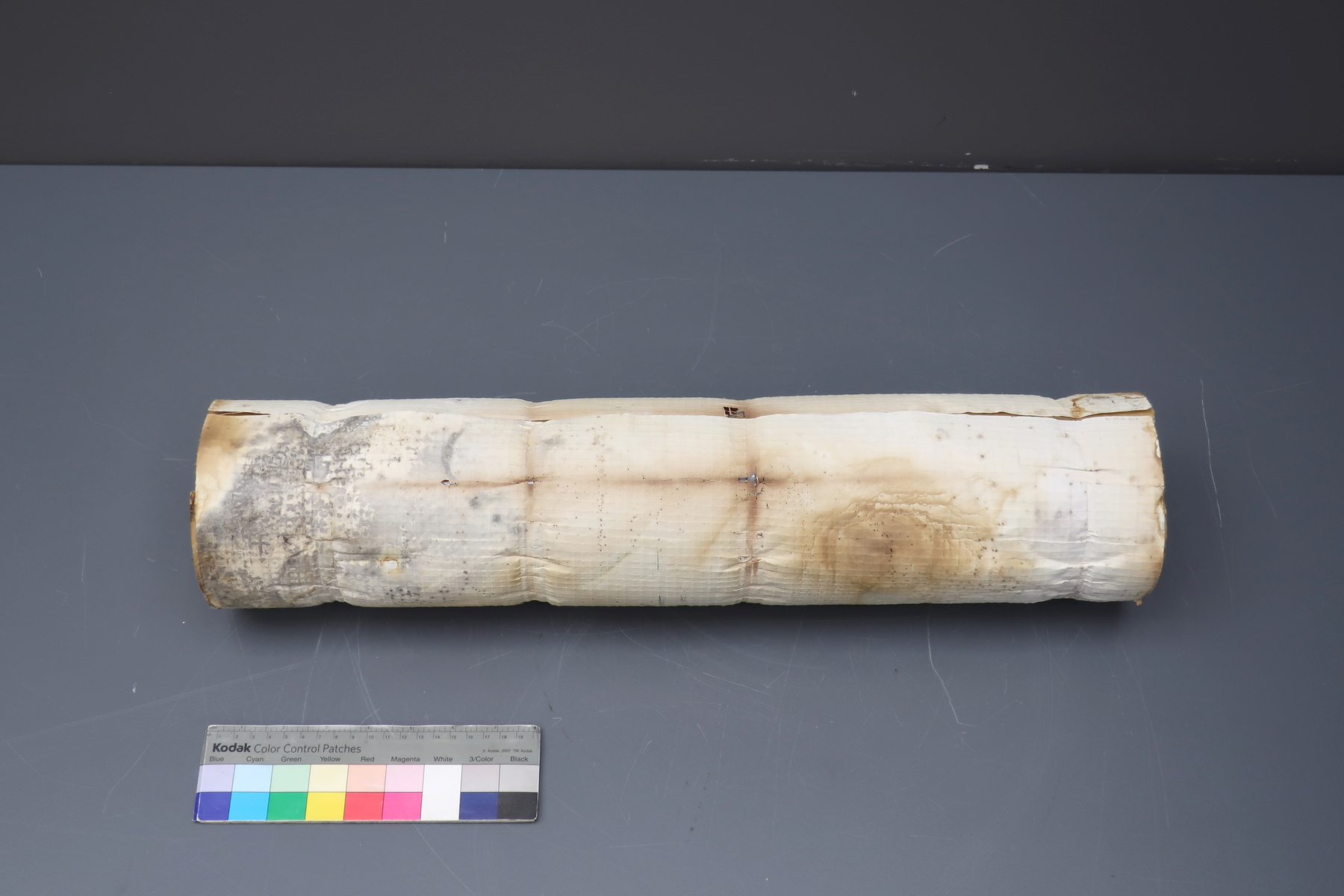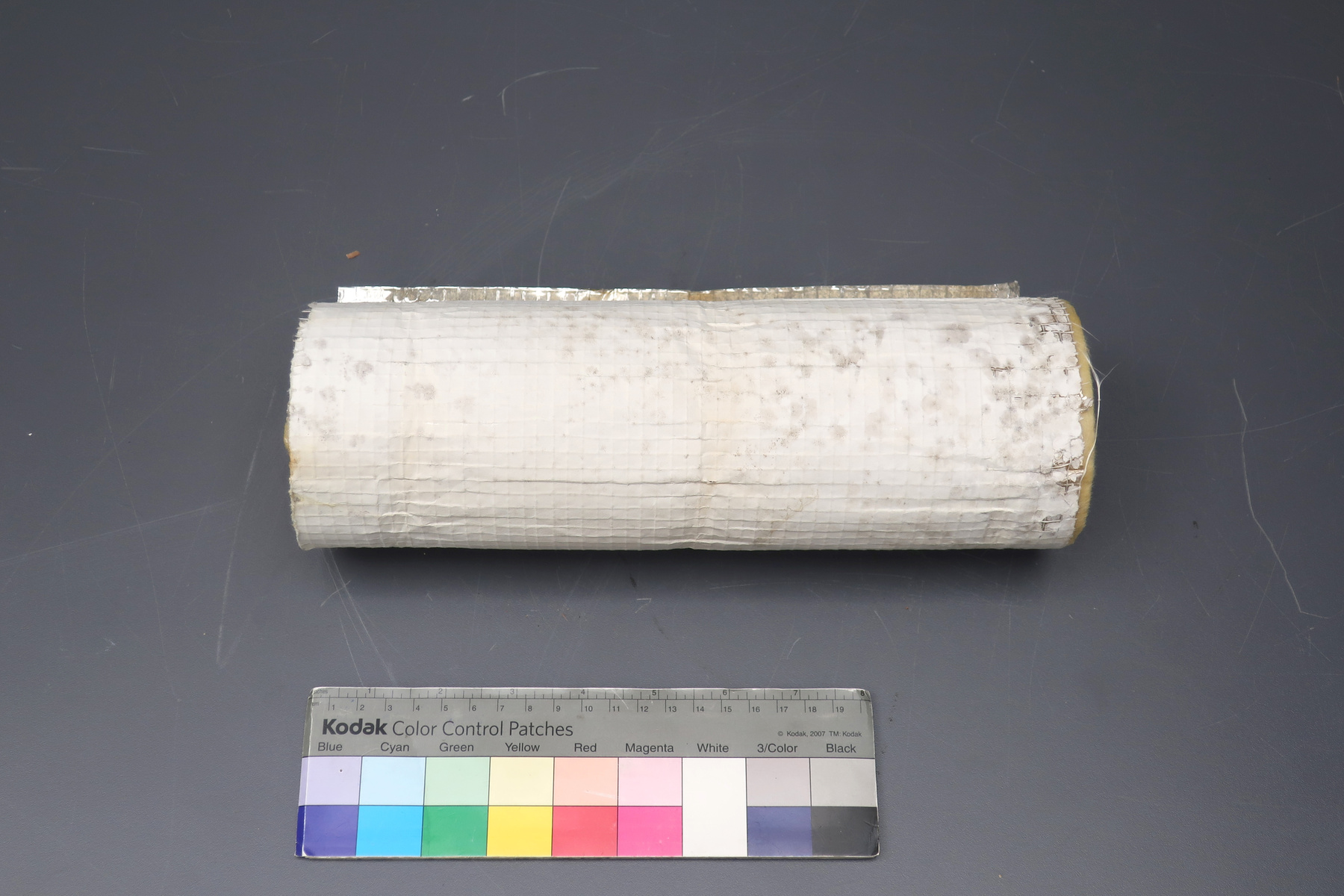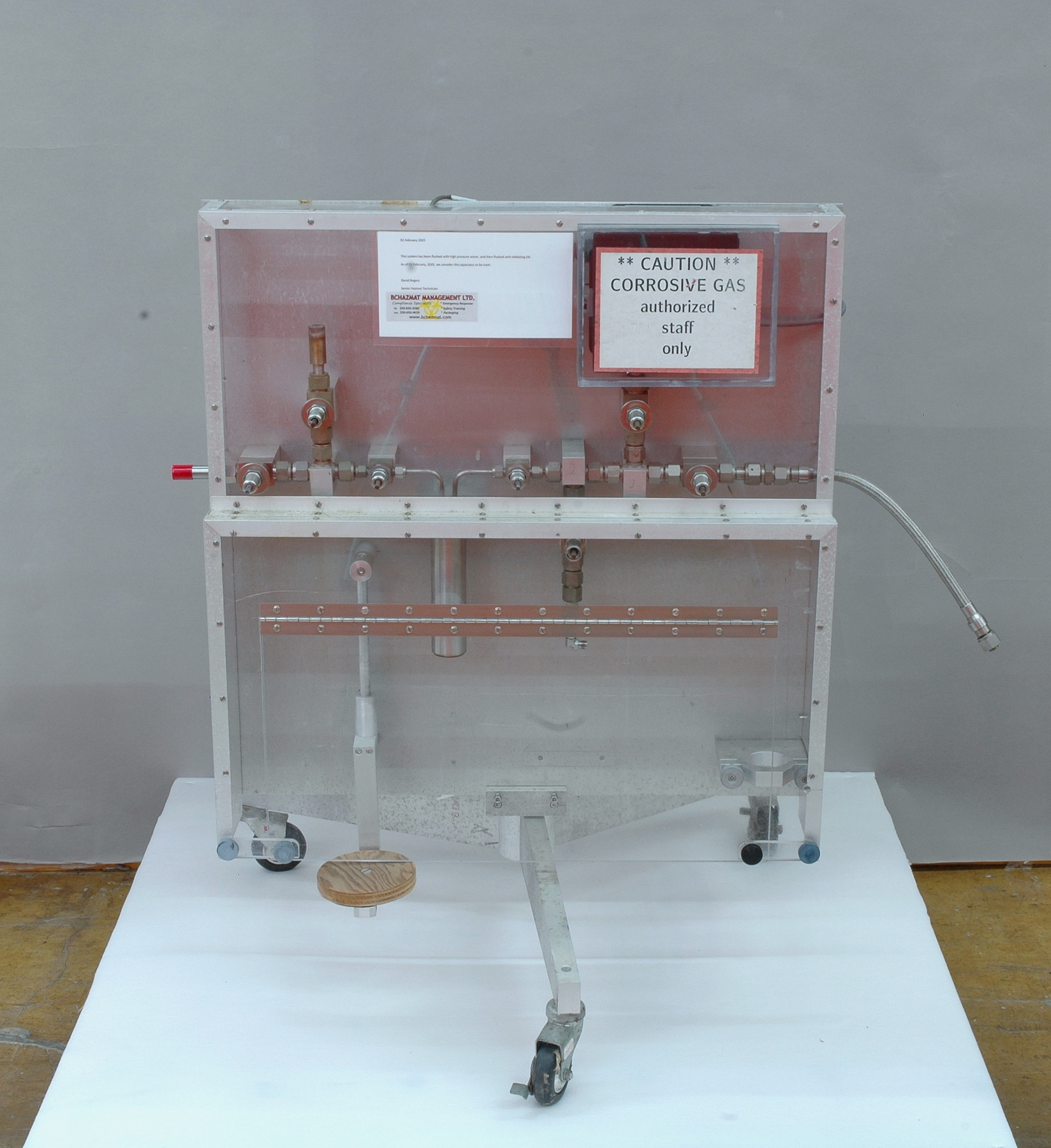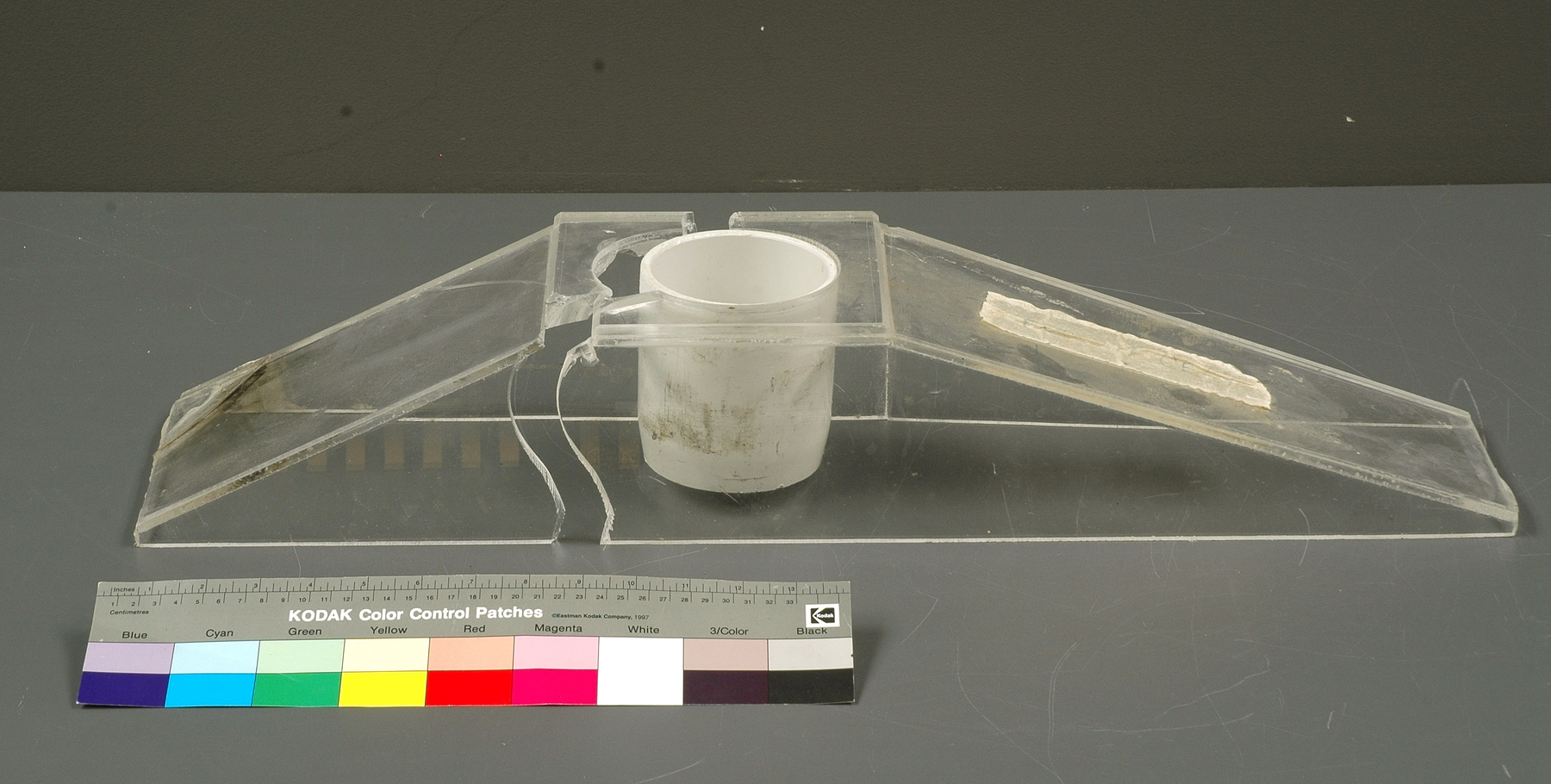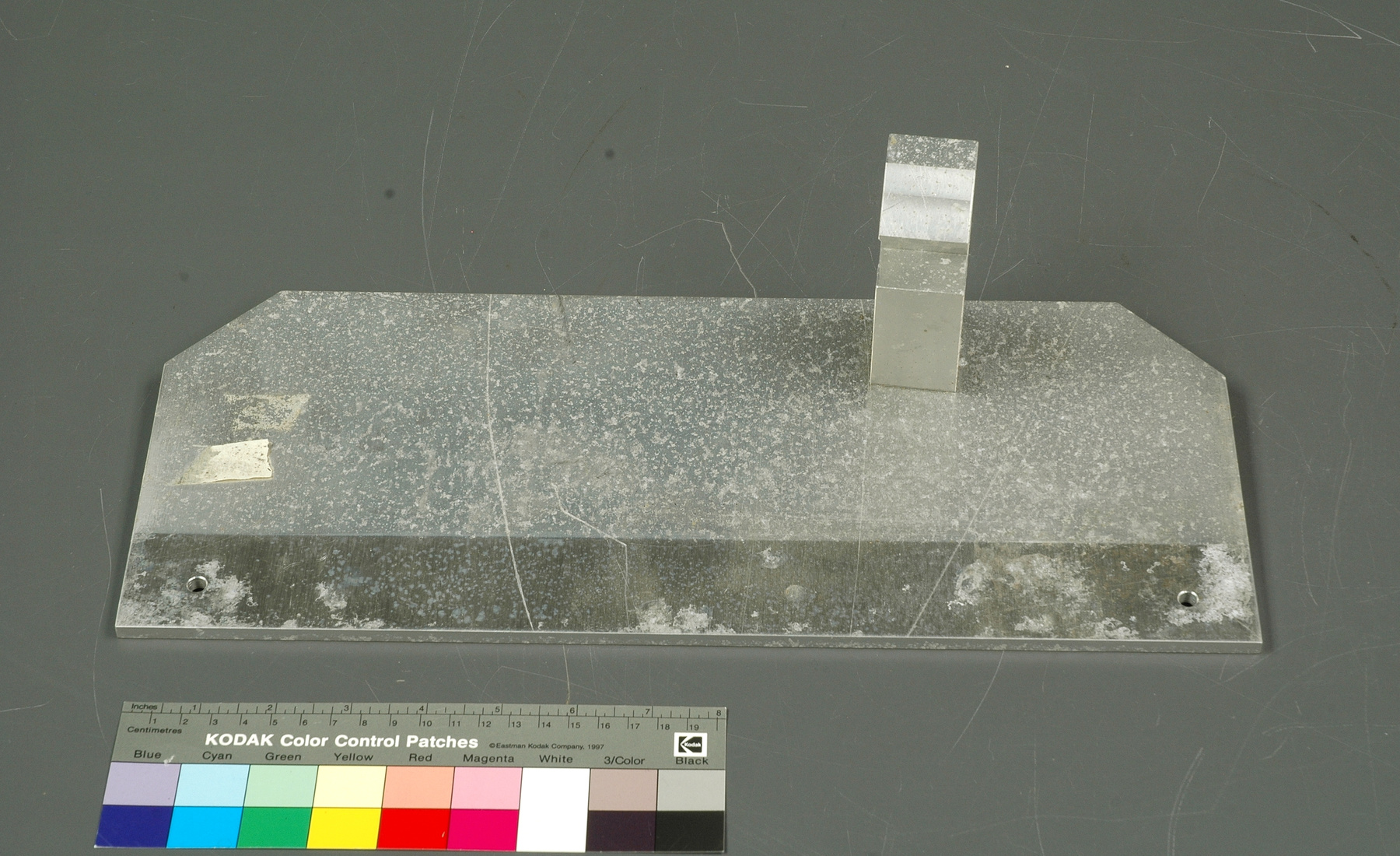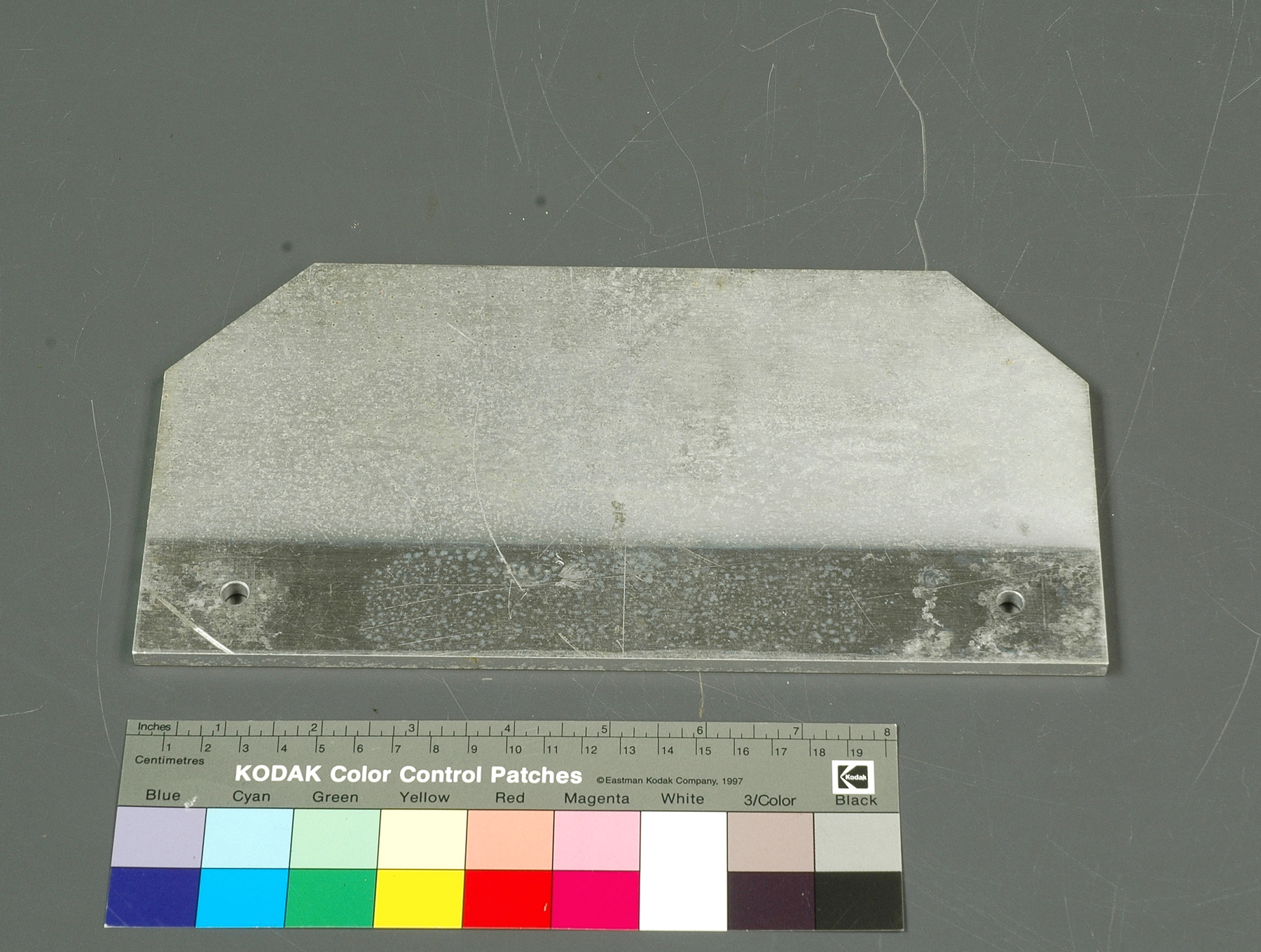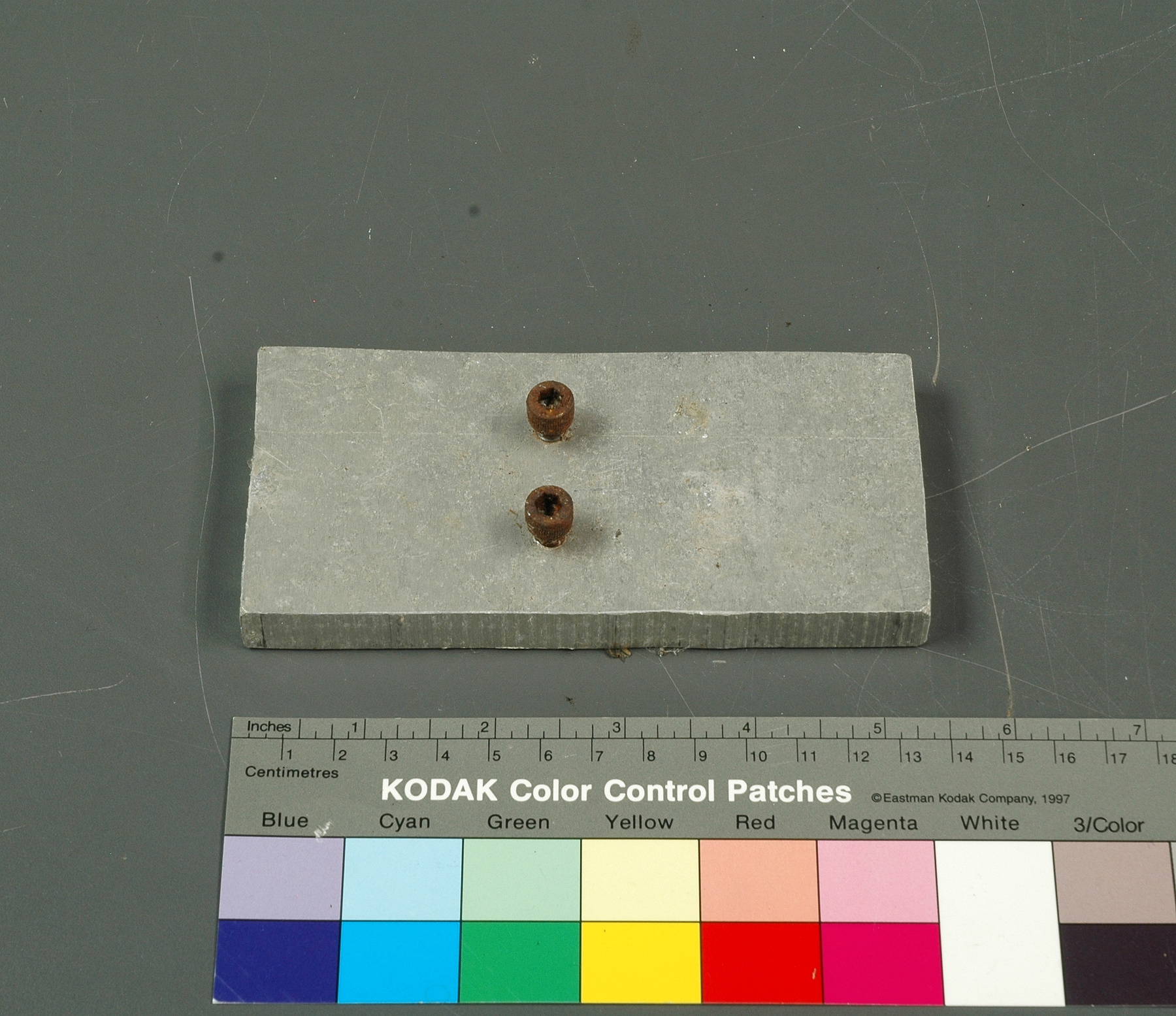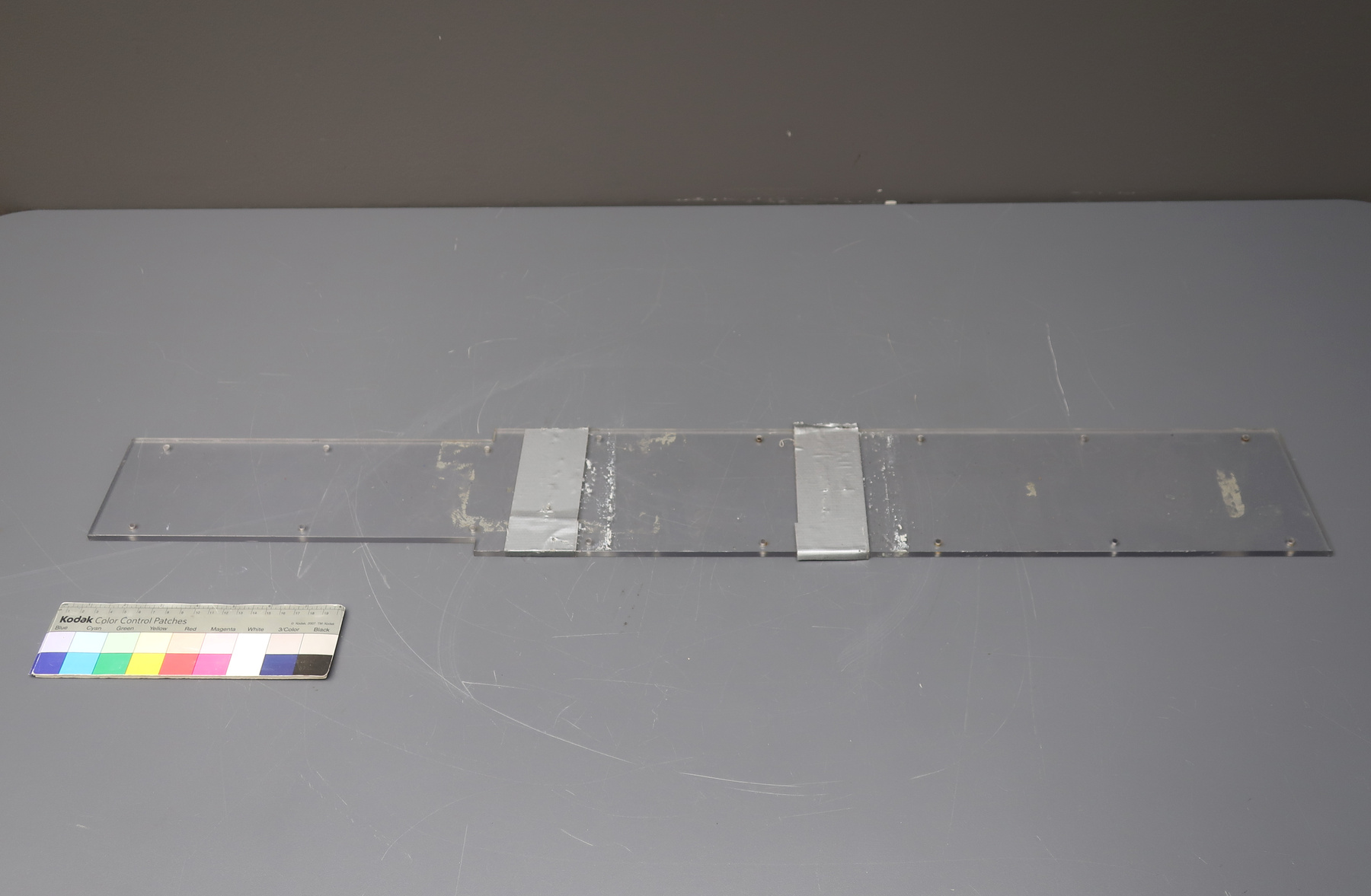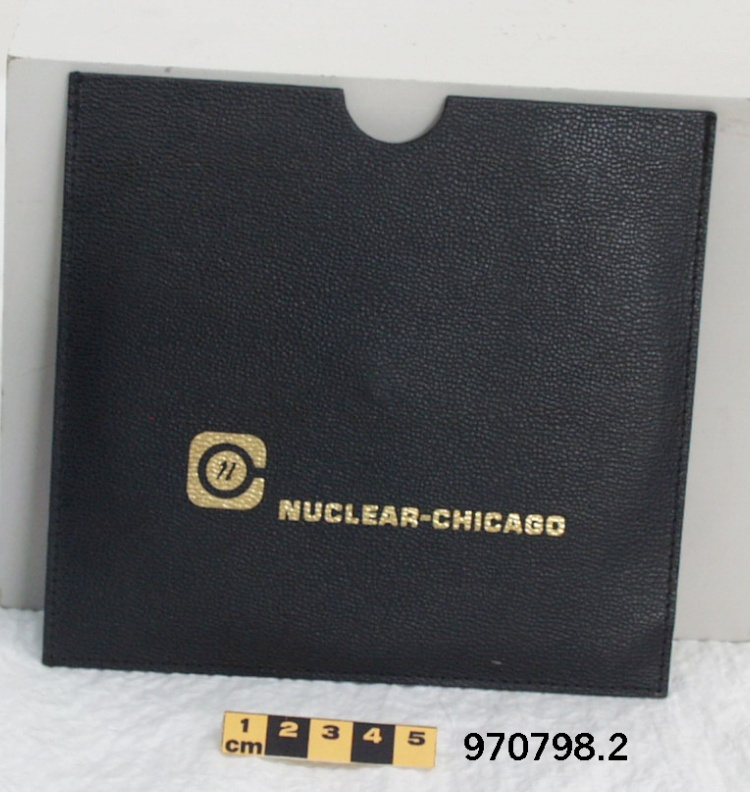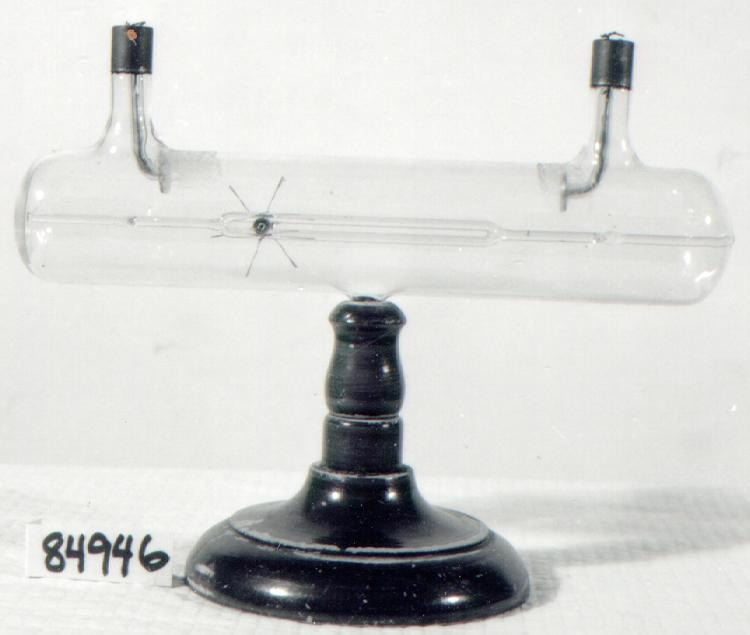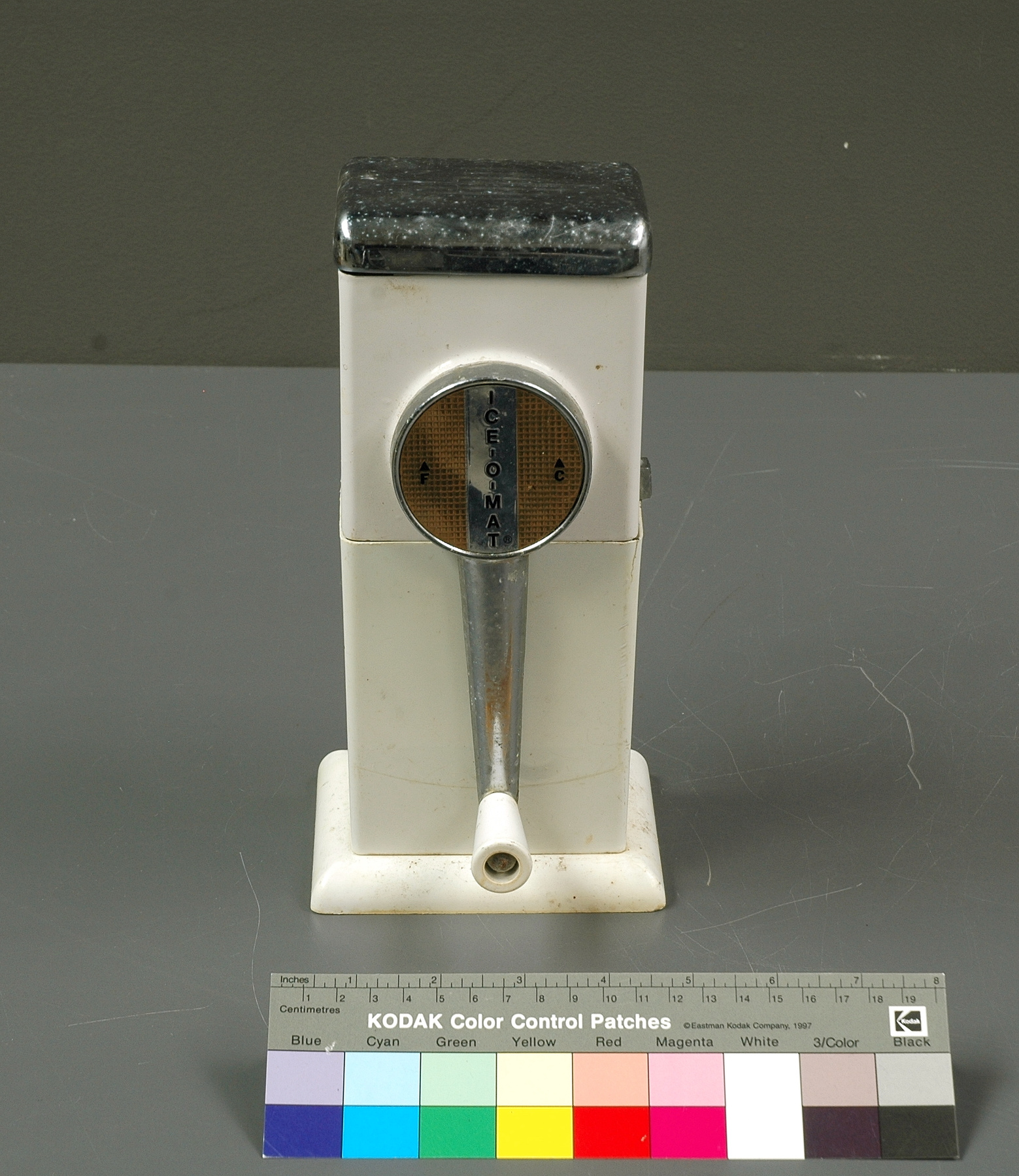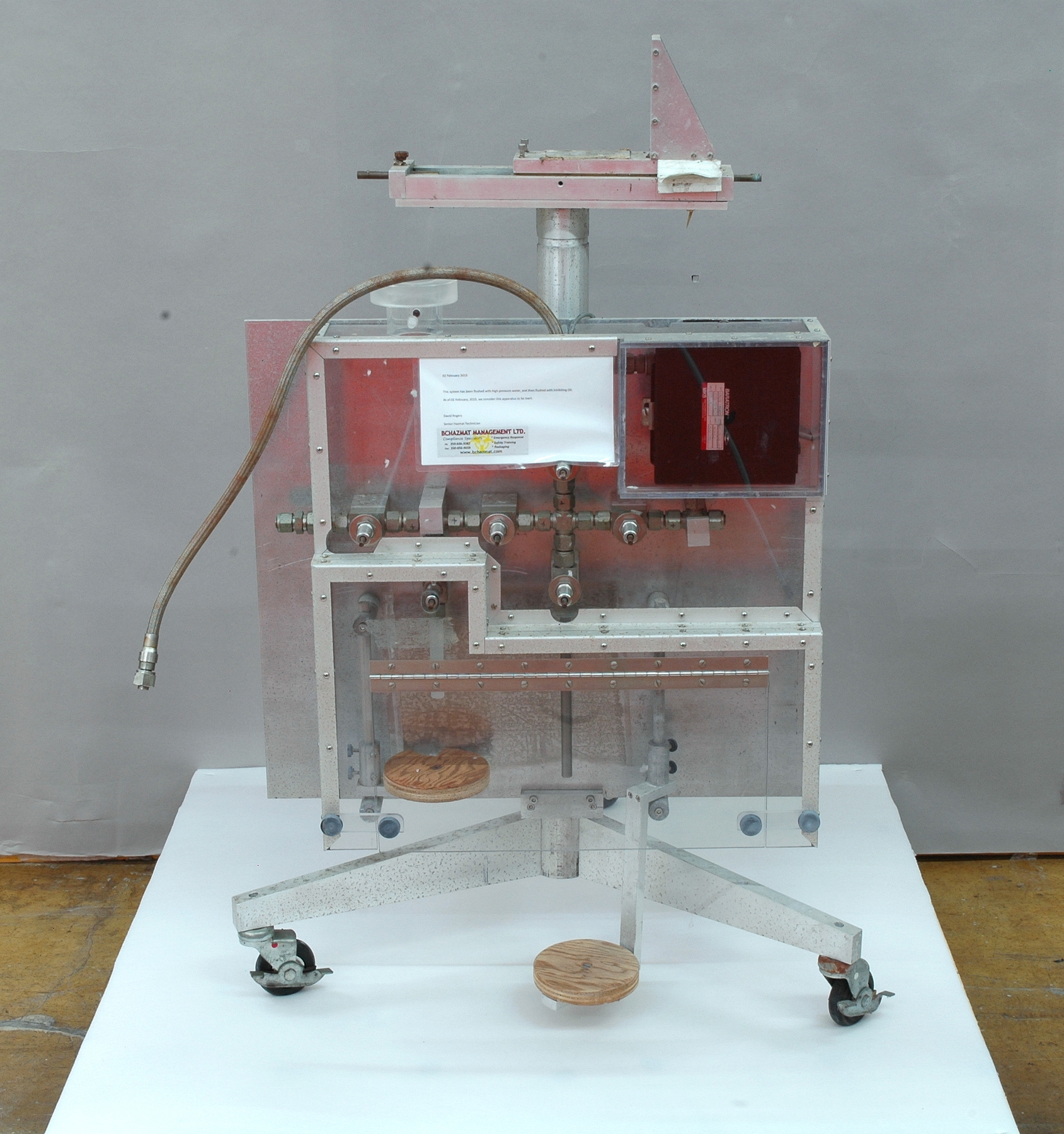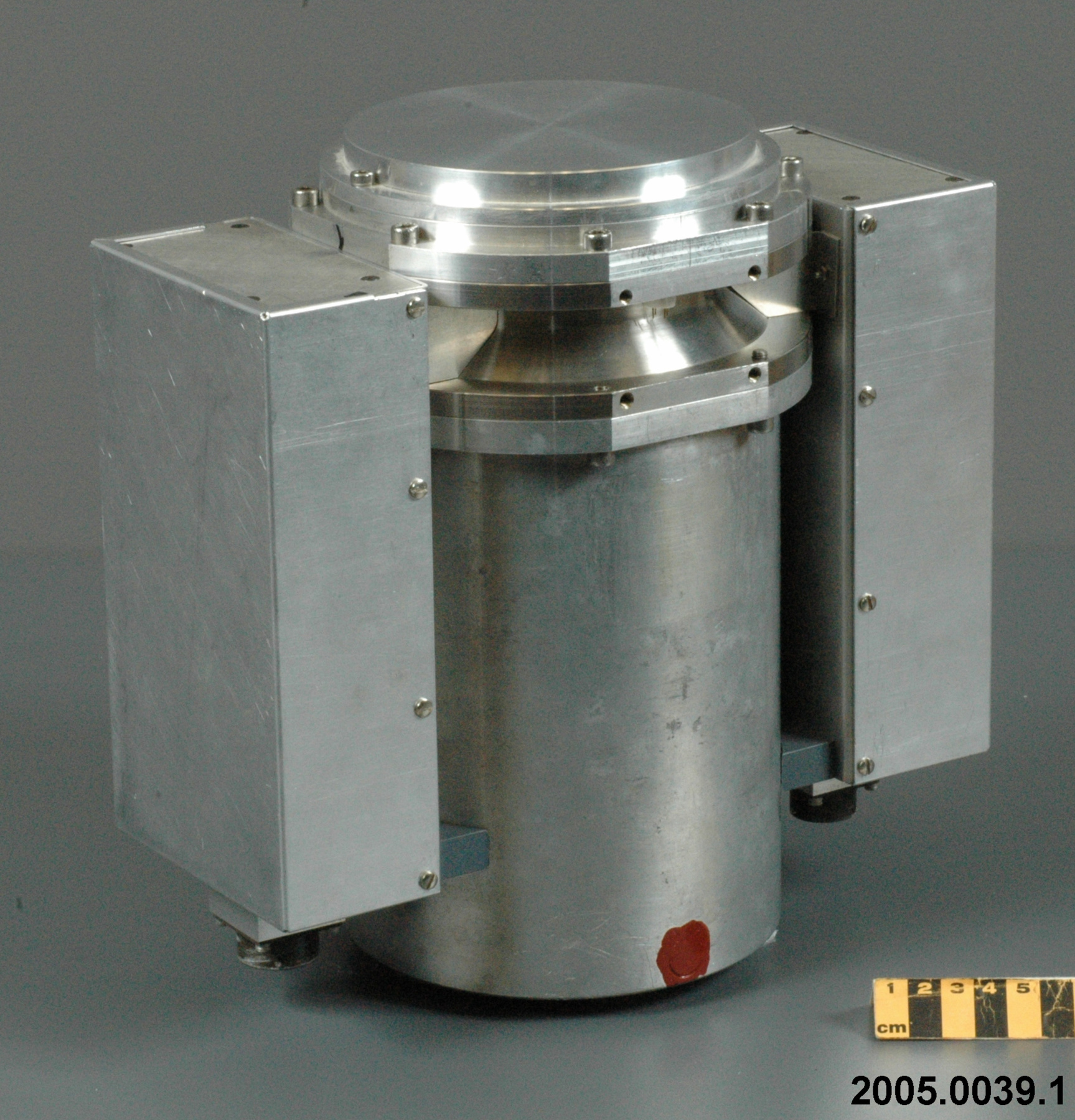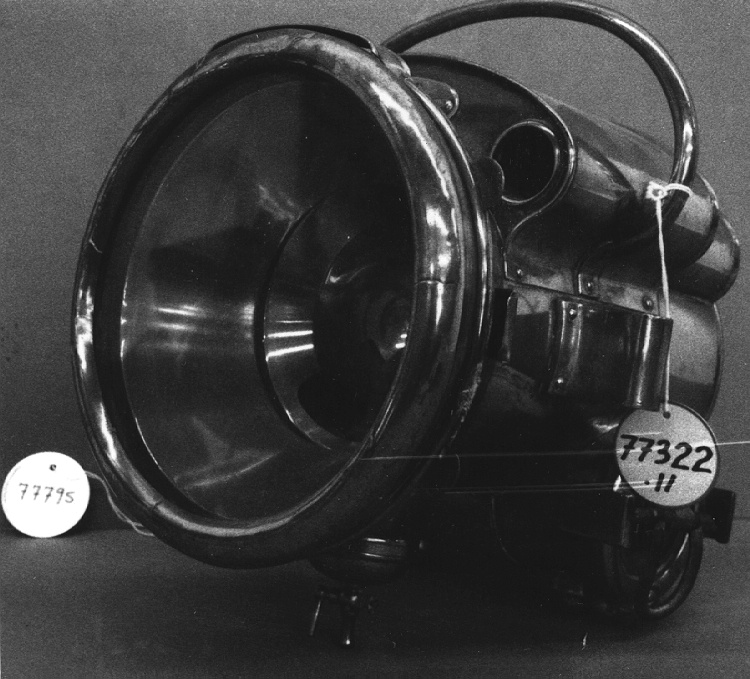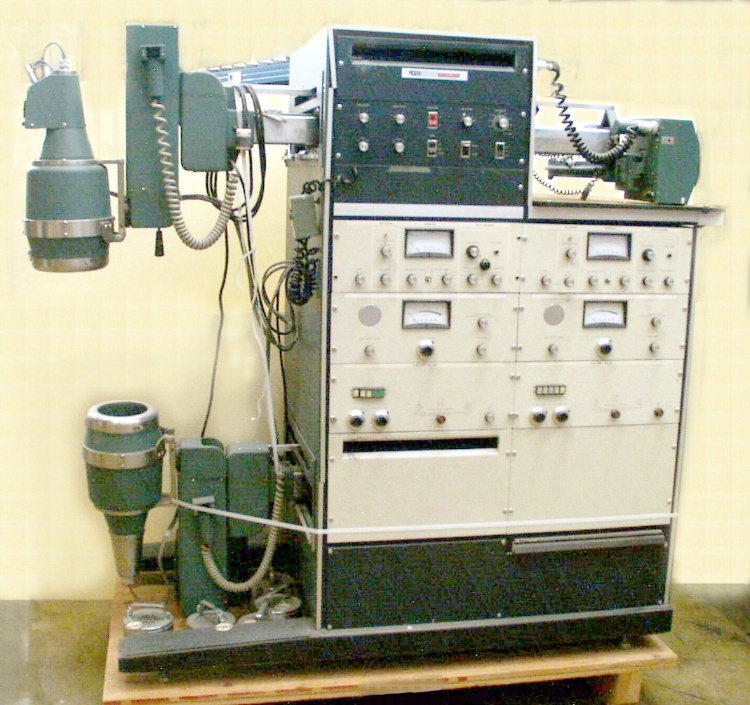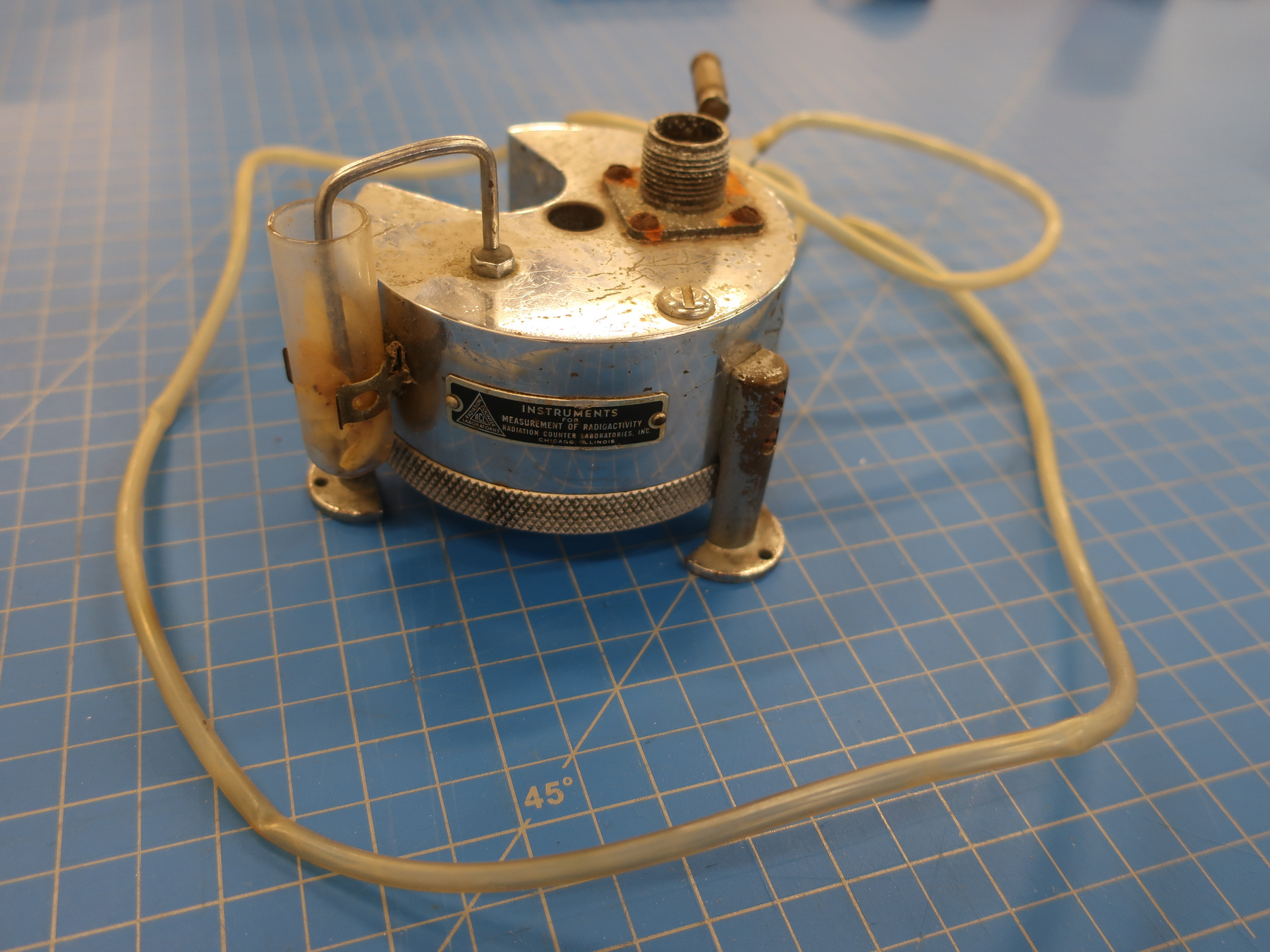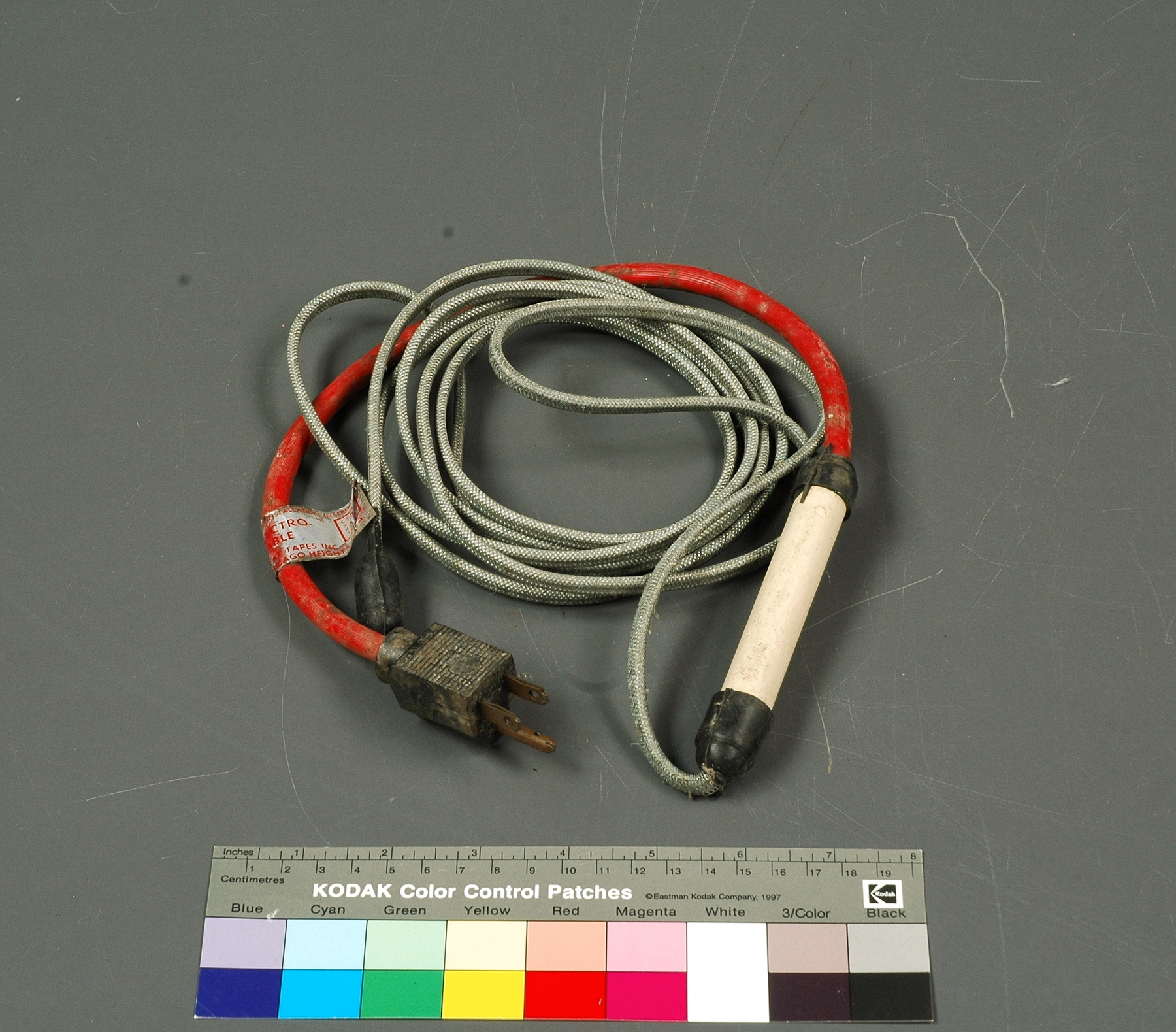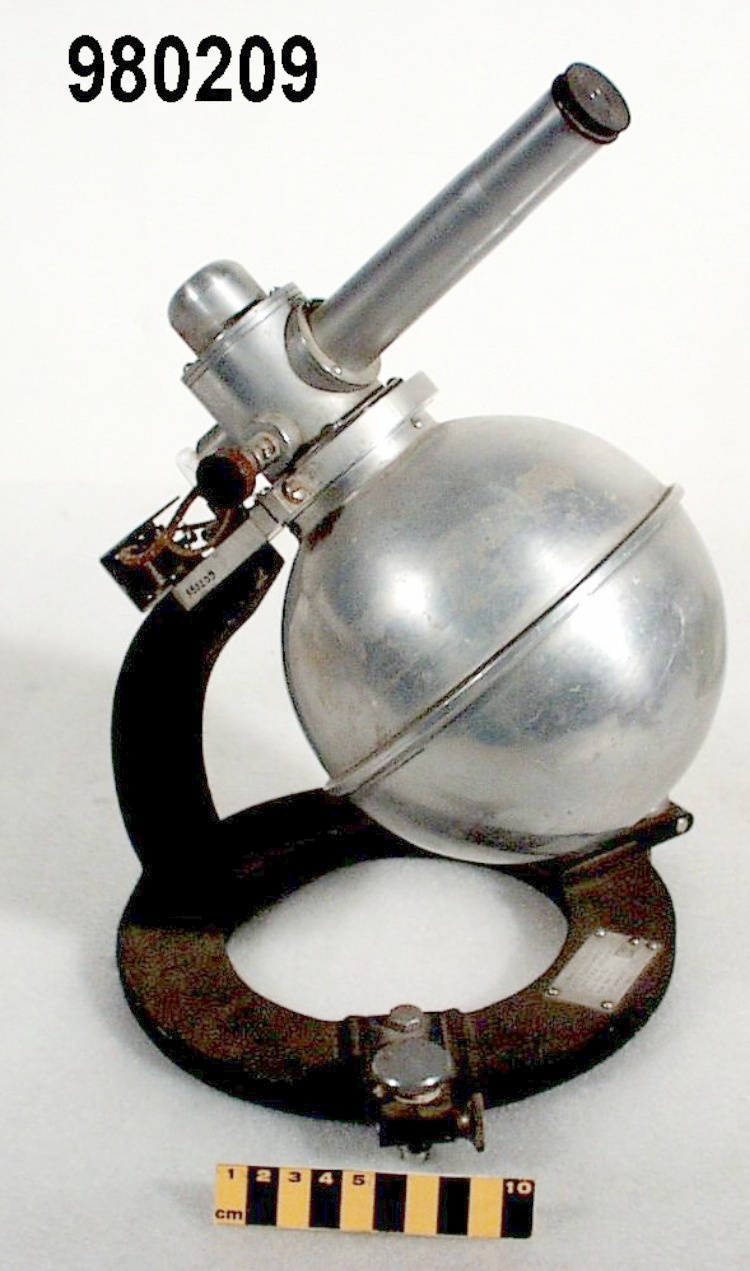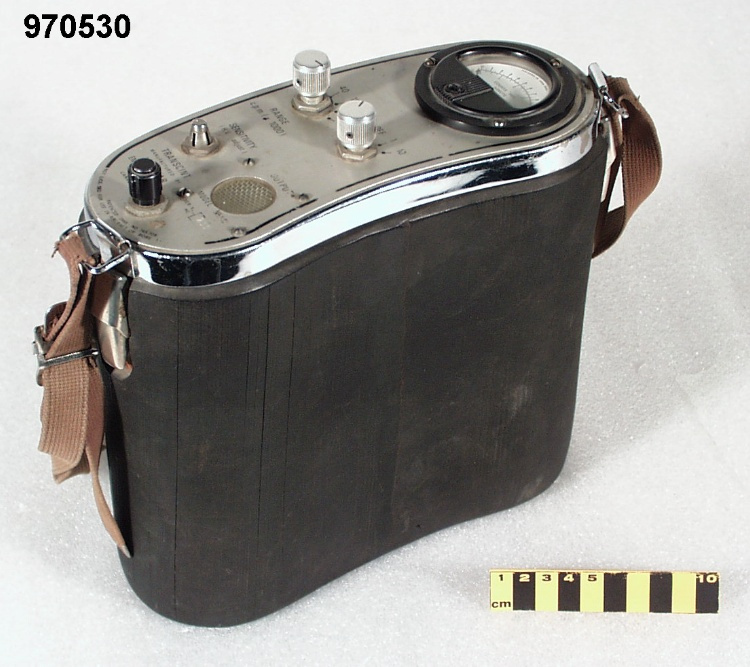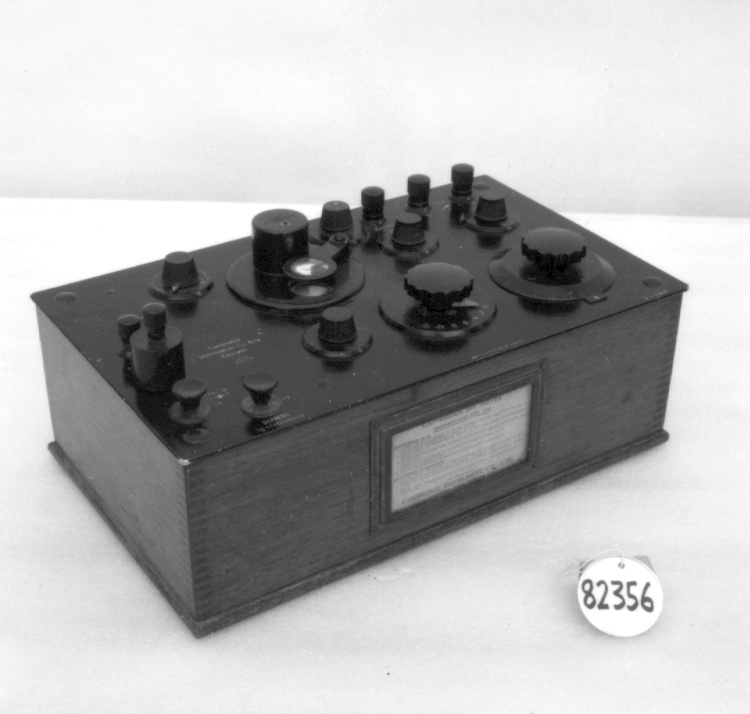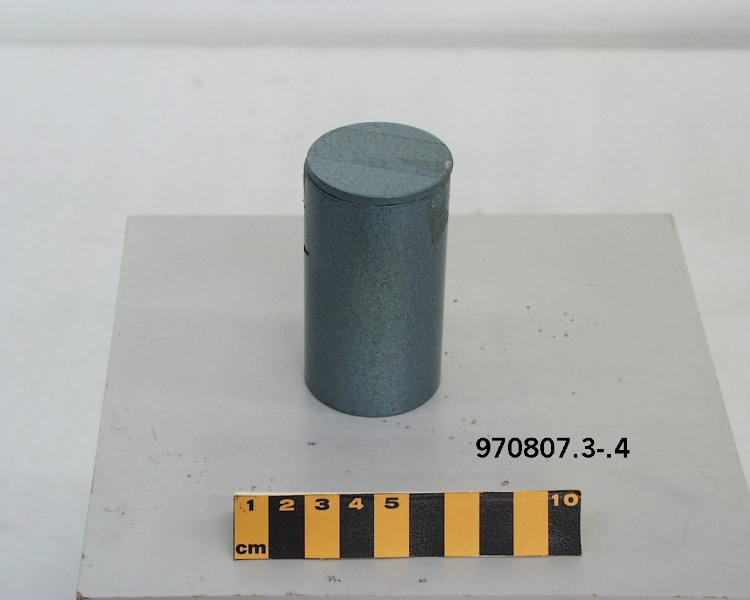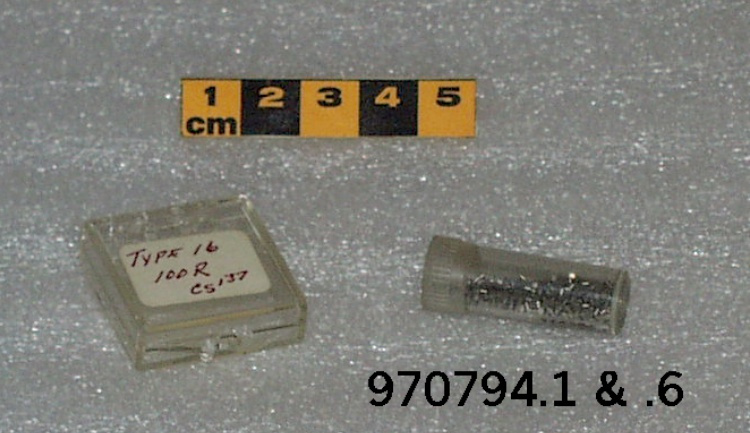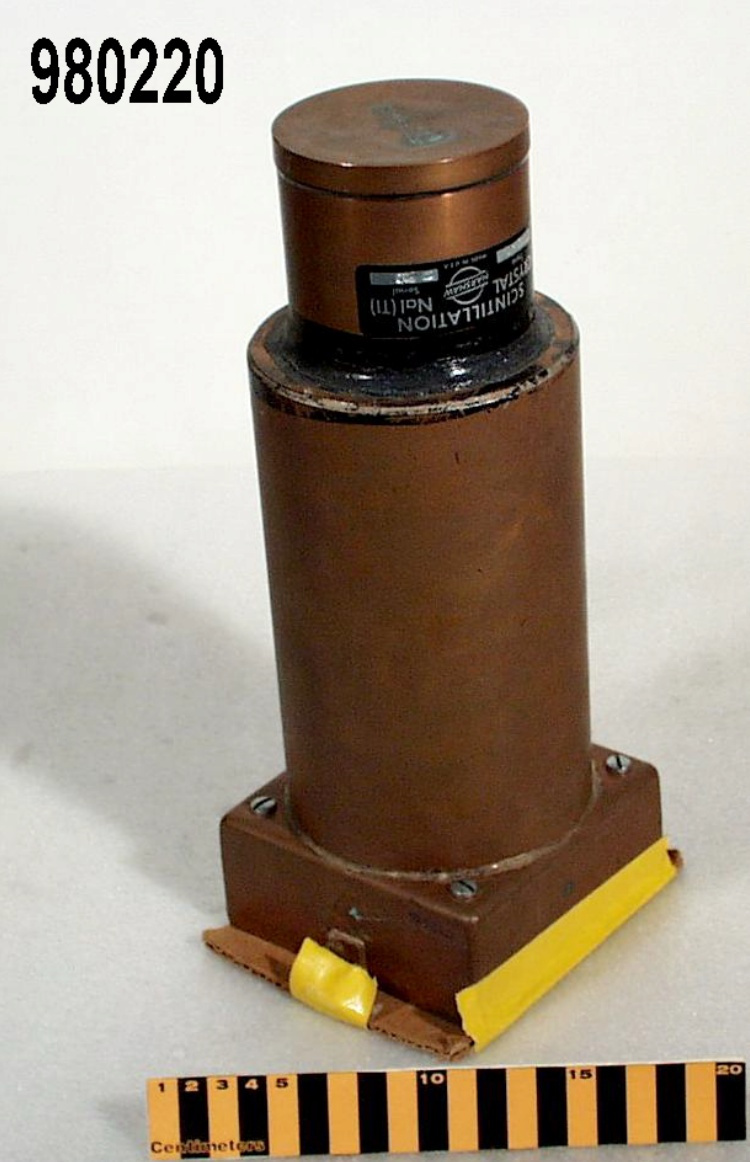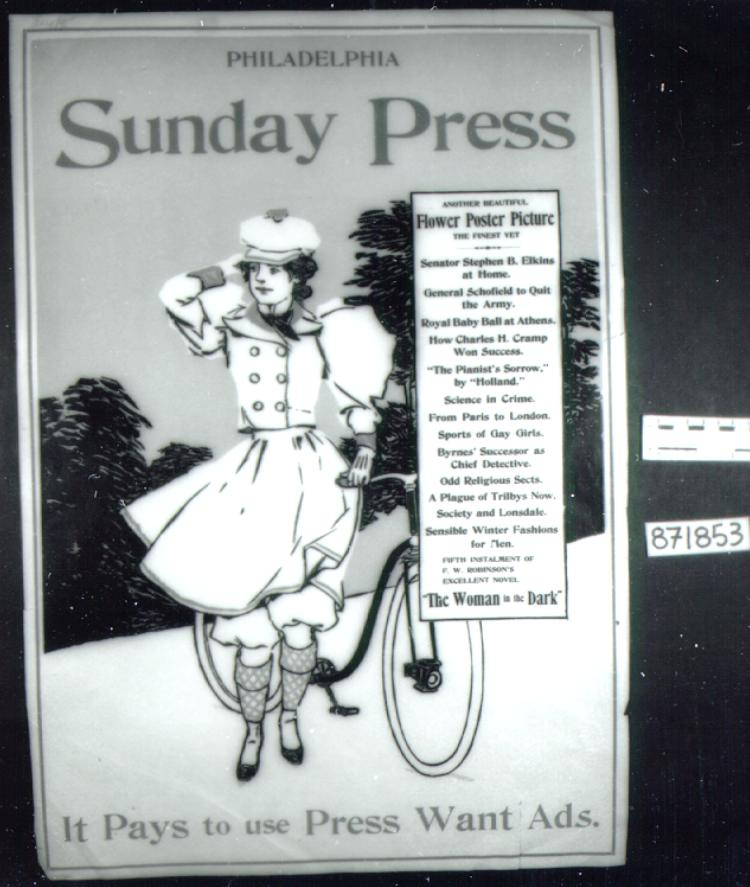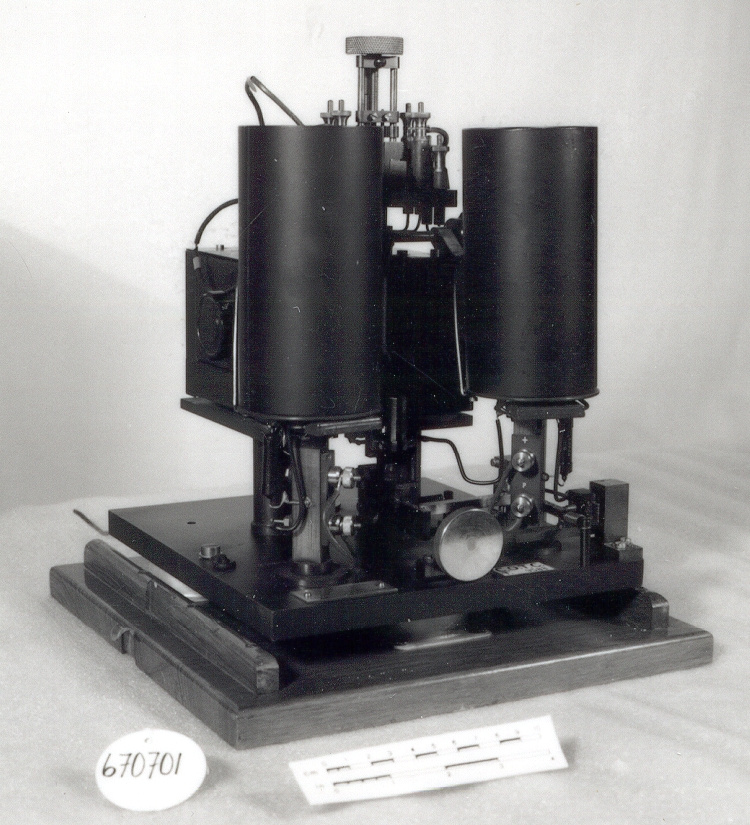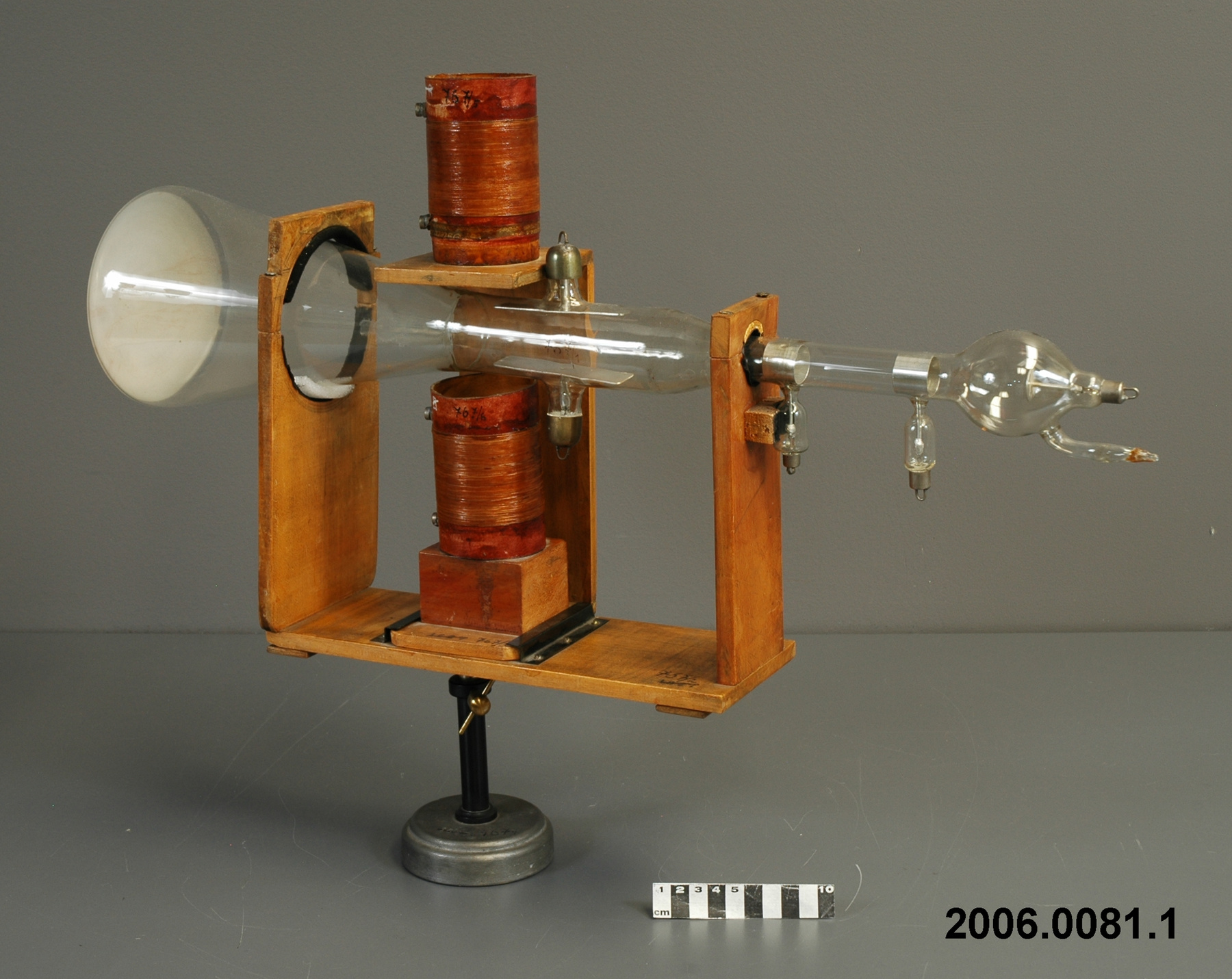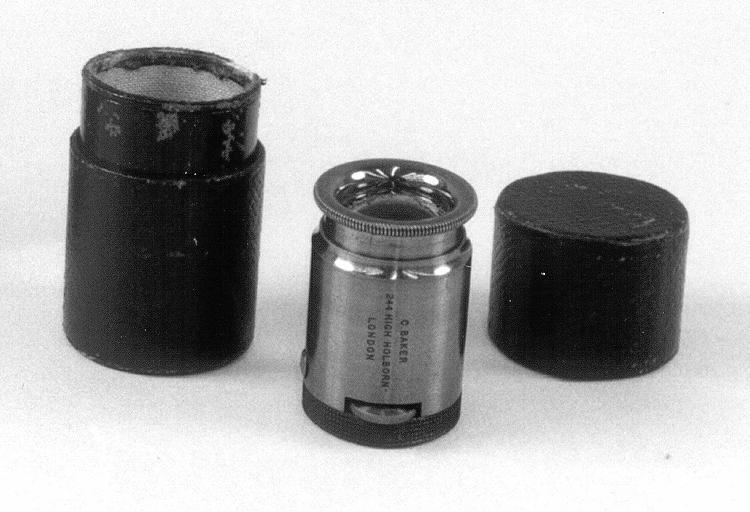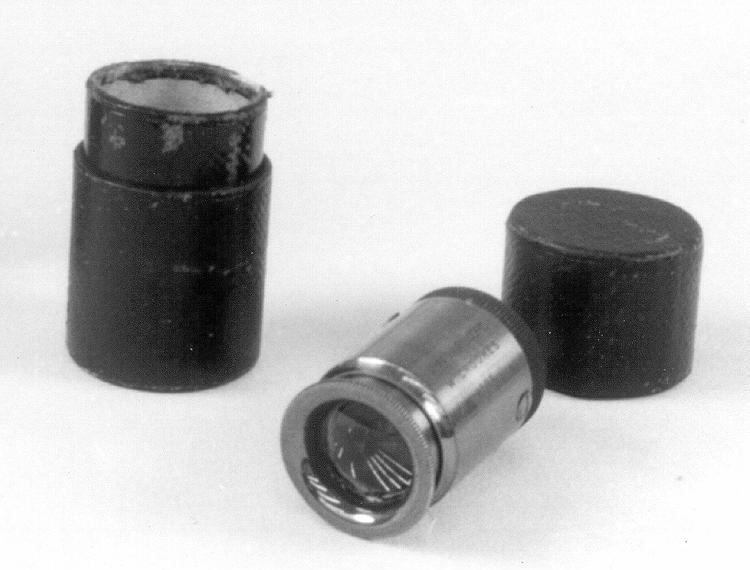Spinthariscope
Utiliser cette image
Puis-je réutiliser cette image sans autorisation? Oui
Les images sur le portail de la collection d’Ingenium ont la licence Creative Commons suivante :
Copyright Ingenium / CC BY-NC-ND (Attribution-NonCommercial 4.0 International (CC BY-NC 4.0)
ATTRIBUER CETTE IMAGE
Ingenium,
1991.0430.001
Permalien:
Ingenium diffuse cette image sous le cadre de licence Creative Commons et encourage son téléchargement et sa réutilisation à des fins non commerciales. Veuillez mentionner Ingenium et citer le numéro de l’artefact.
TÉLÉCHARGER L’IMAGEACHETER CETTE IMAGE
Cette image peut être utilisée gratuitement pour des fins non commerciales.
Pour un usage commercial, veuillez consulter nos frais de reproduction et communiquer avec nous pour acheter l’image.
- TYPE D’OBJET
- S/O
- DATE
- 1903
- NUMÉRO DE L’ARTEFACT
- 1991.0430.001
- FABRICANT
- Baker, C.
- MODÈLE
- WM. CROOKES PATTERN
- EMPLACEMENT
- London, England
Plus d’information
Renseignements généraux
- Nº de série
- S/O
- Nº de partie
- 1
- Nombre total de parties
- 1
- Ou
- S/O
- Brevets
- S/O
- Description générale
- BRASS; GLASS; CARDSTOCK CASE COVERED IN LEATHER
Dimensions
Remarque : Cette information reflète la taille générale pour l’entreposage et ne représente pas nécessairement les véritables dimensions de l’objet.
- Longueur
- 4,0 cm
- Largeur
- 2,5 cm
- Hauteur
- S/O
- Épaisseur
- S/O
- Poids
- S/O
- Diamètre
- S/O
- Volume
- S/O
Lexique
- Groupe
- Physique
- Catégorie
- Atomique et nucléaire
- Sous-catégorie
- S/O
Fabricant
- Ou
- Baker
- Pays
- England
- État/province
- Inconnu
- Ville
- London
Contexte
- Pays
- Worldwide
- État/province
- Inconnu
- Période
- PROBABLY C. 1903-1920
- Canada
-
THIS TYPE OF DEVICE WAS USED BY ERNEST RUTHERFORD TO MEASURE THE HALF-LIFE OF RADIUM C.1906-8 POSSIBLY AT MCGILL (NOT CONFIRMED). THESE DEVICES WERE APPARENTLY WIDELY USED TO MEASURE THE PRESENCE OF RADIO ACTIVITY THROUGHOUT CANADA EARLY IN THE 20C. - Fonction
-
USED TO DETECT ALPHA PARTICLES & THUS THE PRESENCE OF RADIOACTIVITY. A SMALL SOURCE OF ALPHA PARTICLES WAS PLACED ABOVE A ZINC-SULPHIDE SCREEN. THE EMISSION OF AN ALPHA PARTICLE CAUSED A MOMENTARY FLURORESCENT FLASH WHICH WAS VIEWED THROUGH A MAGNIFIER INCORPORATED IN THE DEVICE. - Technique
-
FIRST DEVICE TO QUANTATIVELY MEASURE RADIO ACTIVITY. WERE TEDIOUS AND A STRAIN TO USE AND WERE SUPPLANTED BY THE RUTHERFORD AND GEIGER COUNTERS DEVELOPED BETWEEN 1908-1913 WHICH USED VACUUM TUBES. FROM BRIAN CATHCART, 'THE FLY IN THE CATHEDRAL', 2004, PP. 37-38 (SEE REF. 3). By an almost miraculous quirk of nature there was a tool which allowed the researcher to see, if not quite the subatomic particles themselves, then the footprints they left behind. This was the scintillation screen, a device serendipi-tously discovered by one of the last of the great gentlemen scientists, Sir William Crookes. Crookes was completing an experiment in his private laboratory one day in 1903 when he managed to lose sight of the trace of radium he had been using. He was not concerned, for he knew that radioactivity excited a glow in a cheap compound called zinc sulphide, so he took some of this and moved it around the surface of his desk until, coming near to the radium speck, it glowed. In that moment, for some happy reason, Crookes began to think about the glow rather than the radium and he got out his magnifying glass to take a closer look. To his surprise he found that the light emerging from the chemical was not uniform but sparkly, like a series of tiny, individual events, fascinating and beautiful to behold. (So beautiful, in fact, that in a short time an adult toy was on sale in London which produced the effect in a sort of radioactive kaleidoscope. It was called a 'spinthariscope'.) More important than its visual charm, however, was what was causing the effect. There was sometimes a dull background glow, which Crookes correctly deduced was caused by beta and gamma rays, the lighter kinds of radioactive emission, but the sparks or 'scintillations' were something quite different. Each was the result of the impact on the zinc sulphide of a single alpha particle. It was an oddity no one could explain but it was to prove a very helpful one. Because of their size and speed alpha particles were the most useful radioactive ammunition for experimental purposes and Crookes had discovered a means not only of detecting their presence but also, with the help of a good microscope, of counting them. - Notes sur la région
-
Inconnu
Détails
- Marques
- ENGRAVED ON SIDE: 'C. BAKER/ 244 HIGH HOLBORN/ LONDON/ SPINTHARISCOPE/ W. CROOKES/ 1903'
- Manque
- None
- Fini
- BLACK CASE/ POLISHED BRASS WITH BLACK END
- Décoration
- S/O
FAIRE RÉFÉRENCE À CET OBJET
Si vous souhaitez publier de l’information sur cet objet de collection, veuillez indiquer ce qui suit :
Baker, C., Spinthariscope, vers 1903, Numéro de l'artefact 1991.0430, Ingenium - Musées des sciences et de l'innovation du Canada, http://collections.ingeniumcanada.org/fr/id/1991.0430.001/
RÉTROACTION
Envoyer une question ou un commentaire sur cet artefact.
Plus comme ceci
